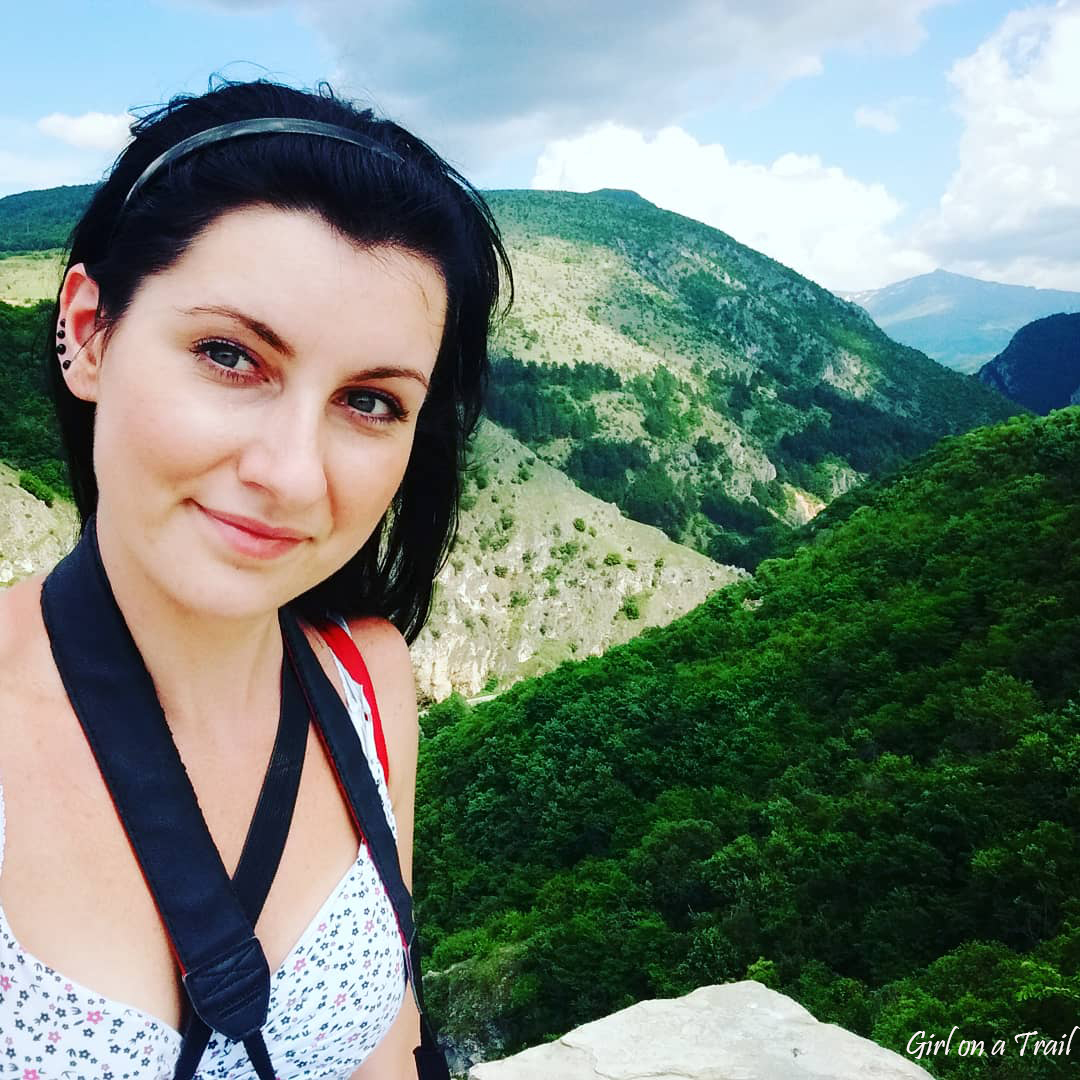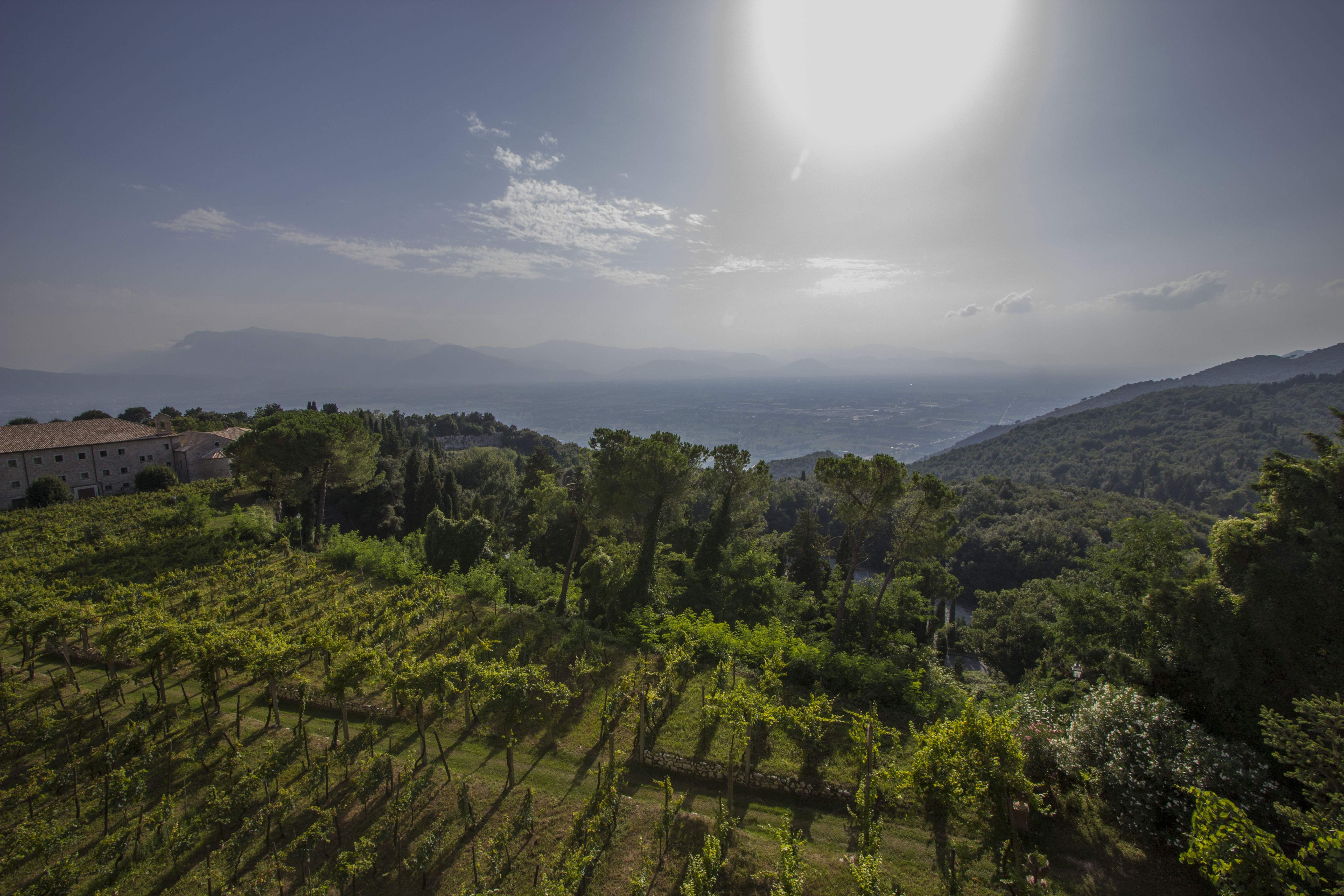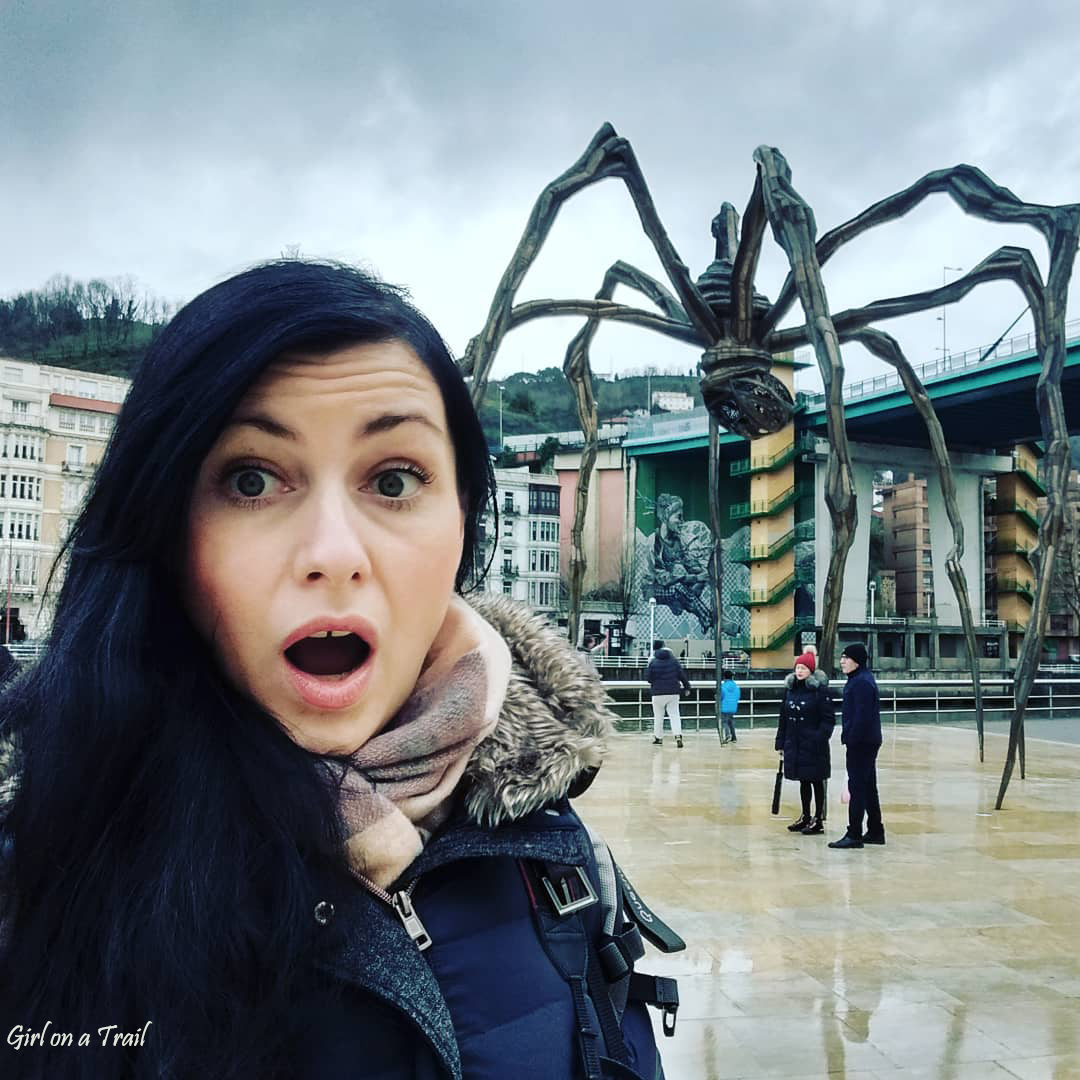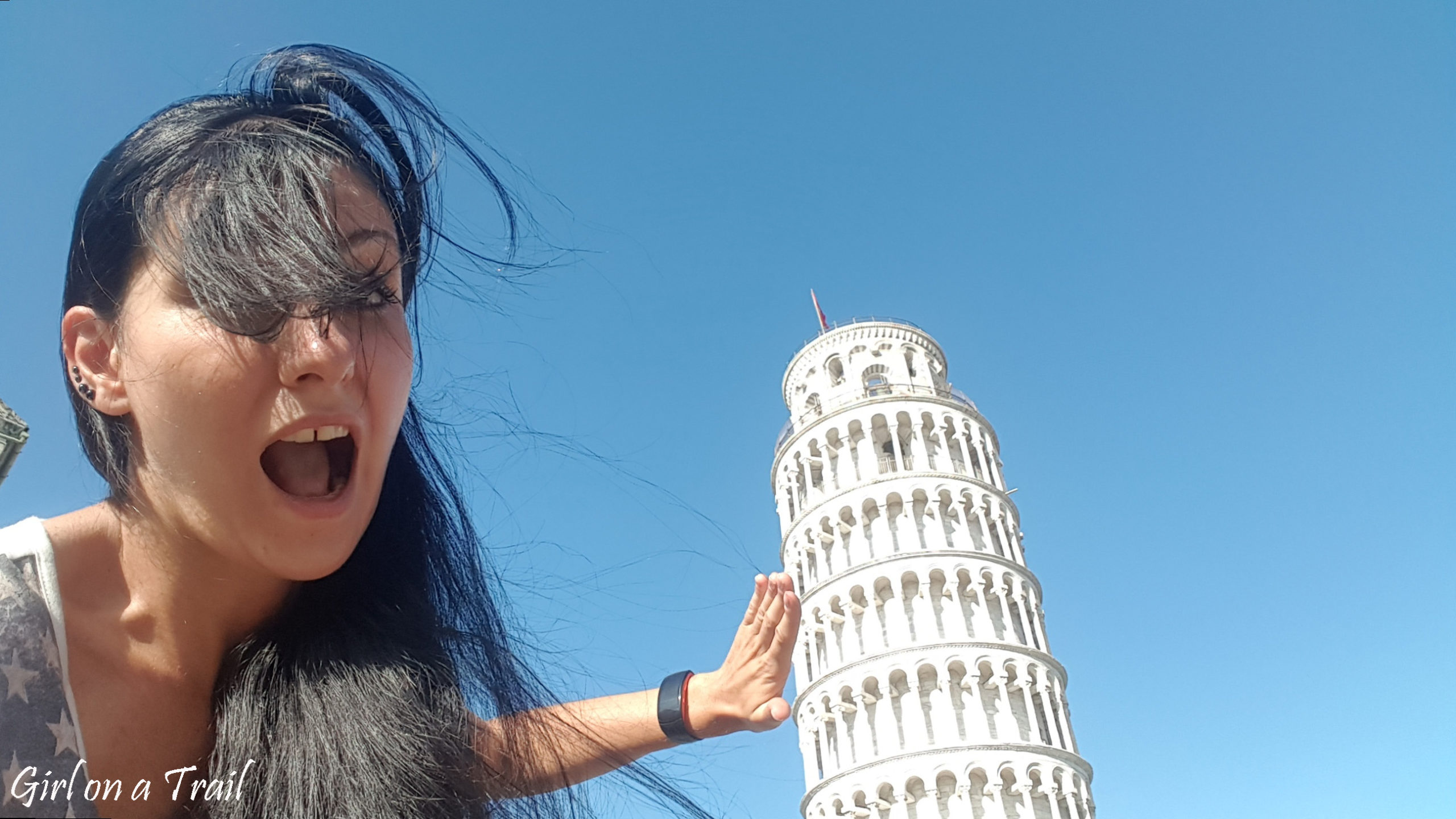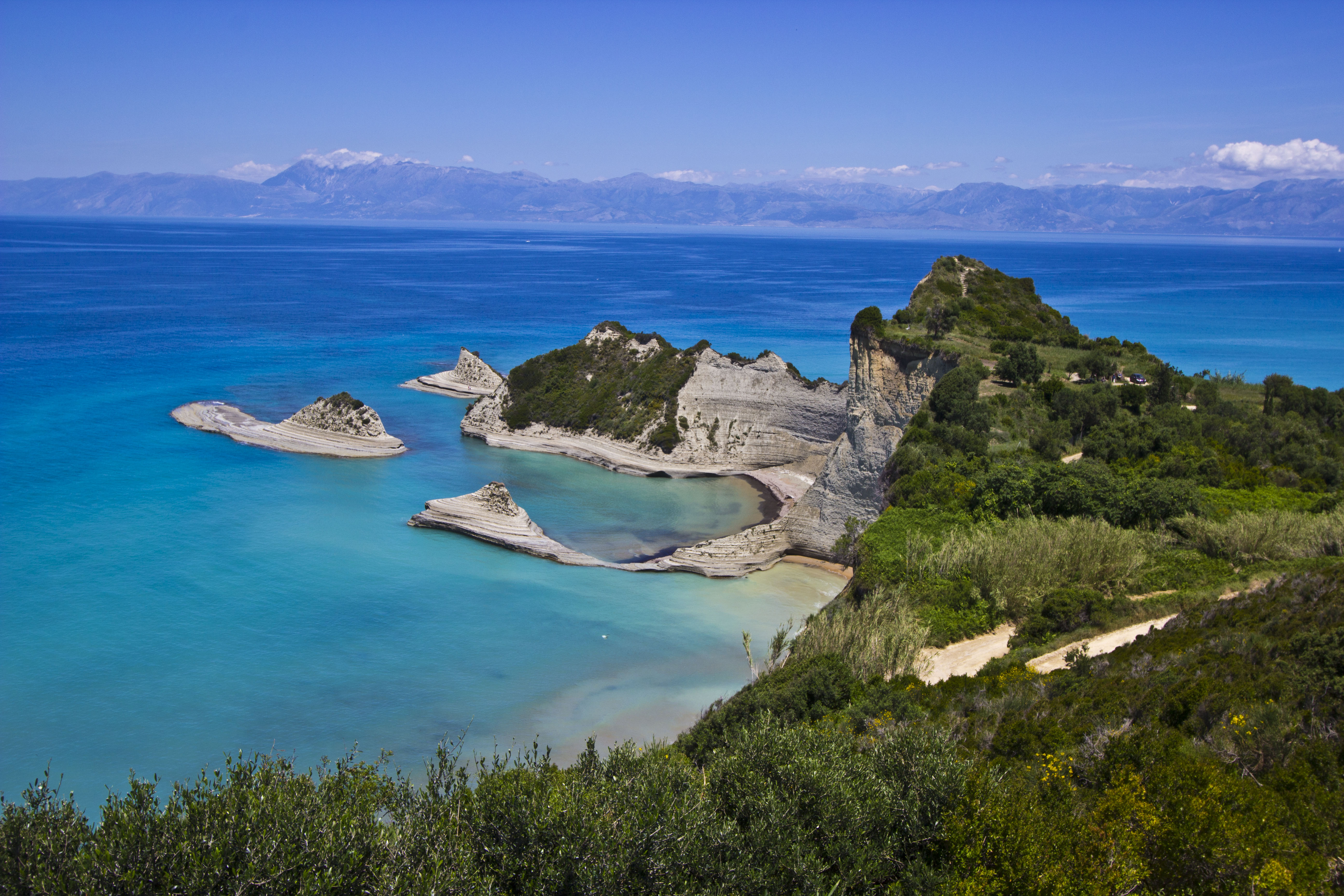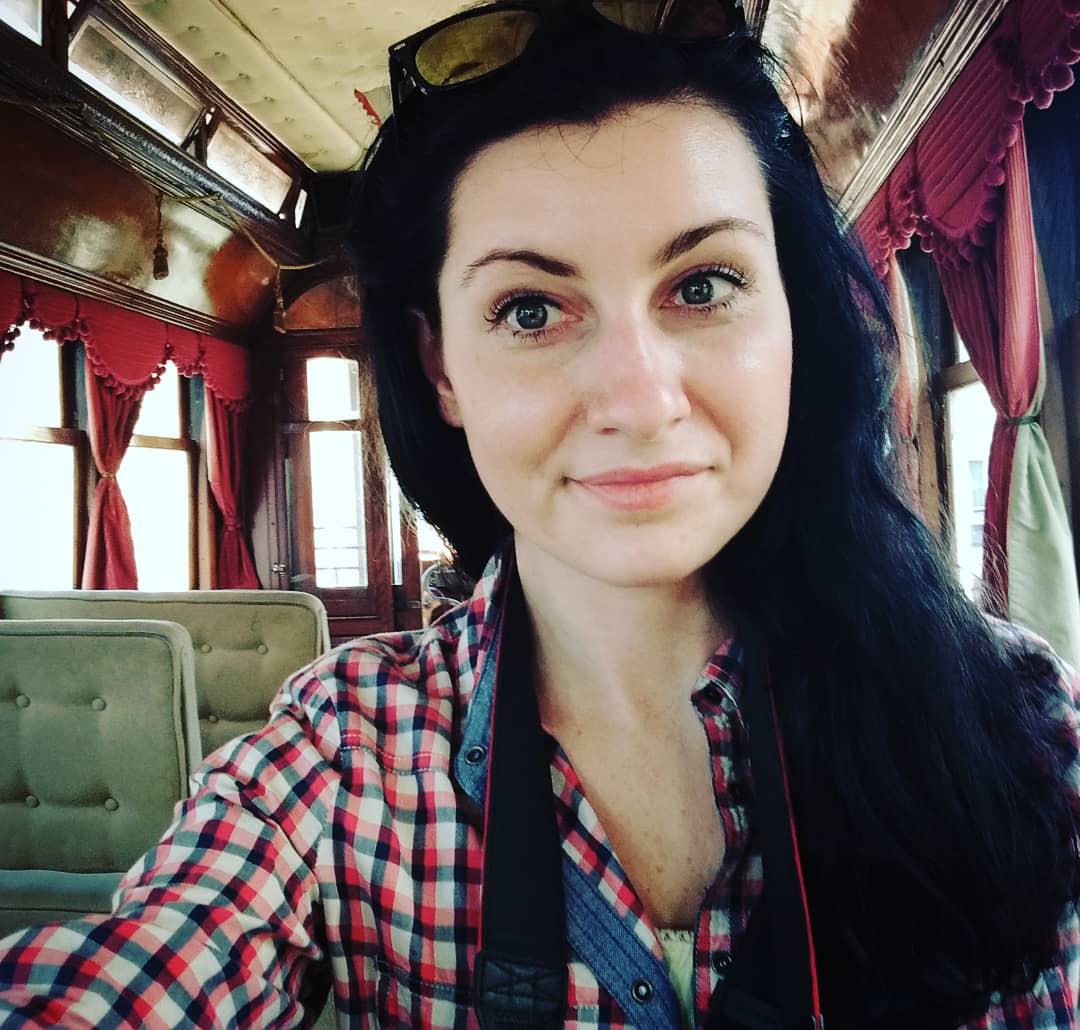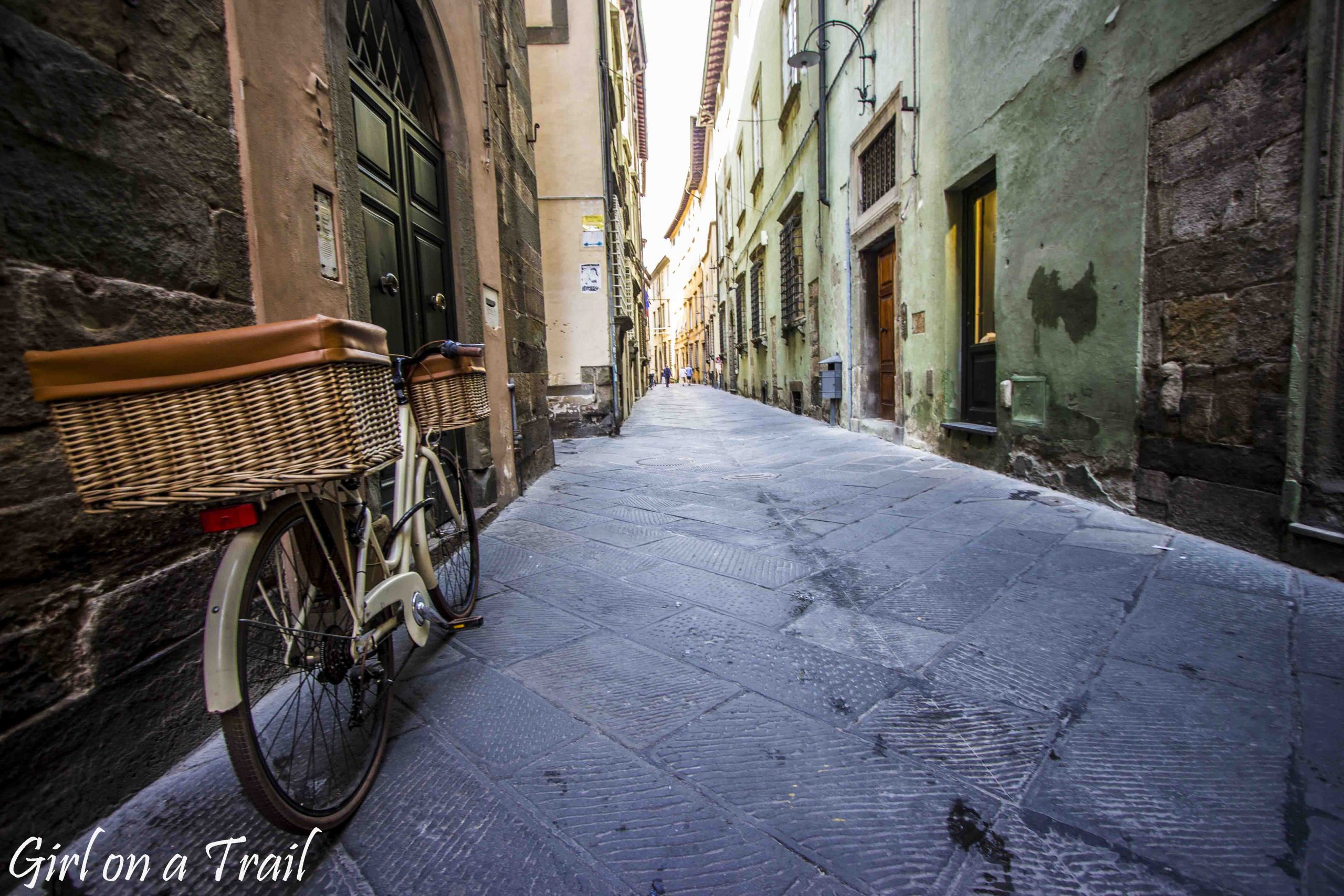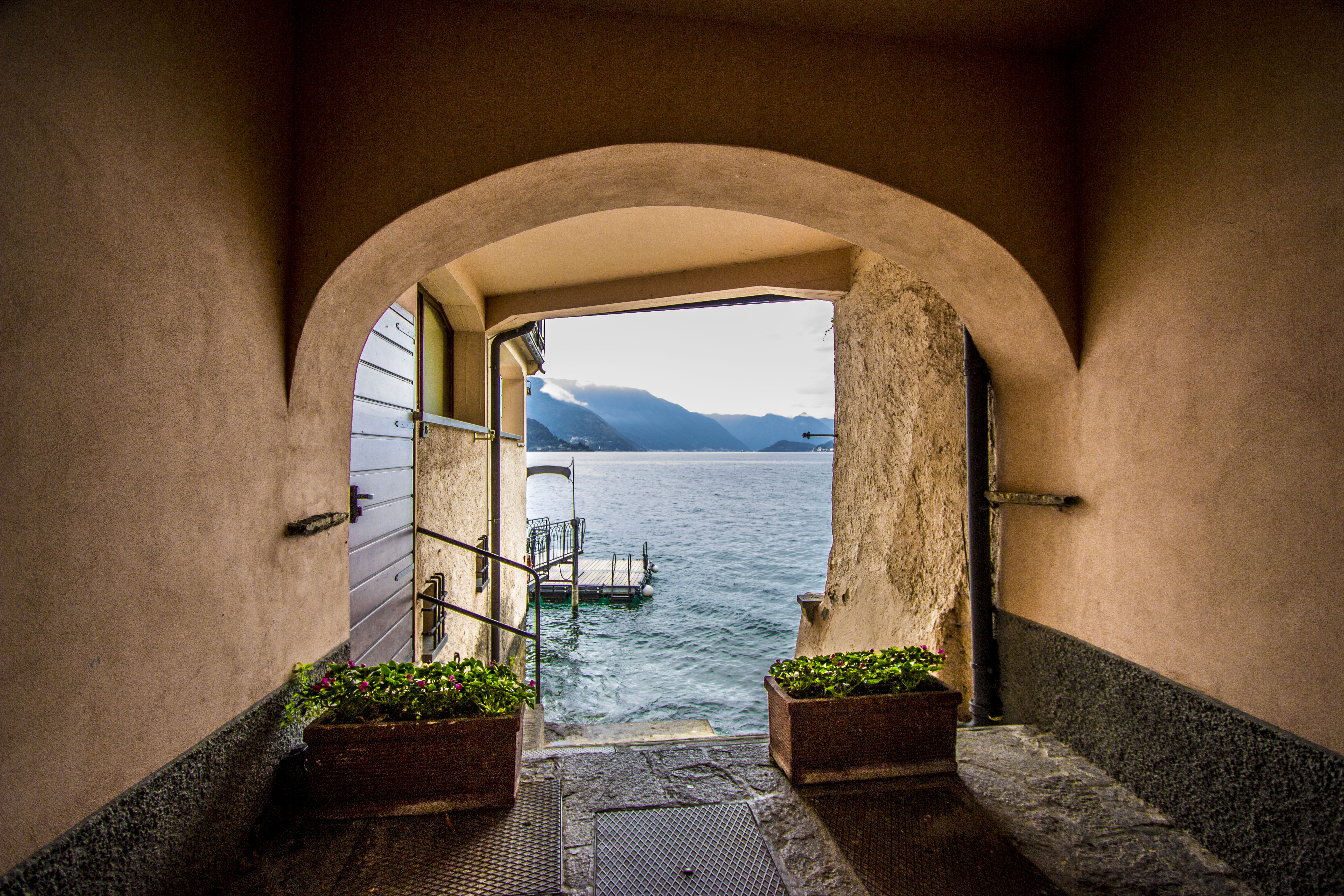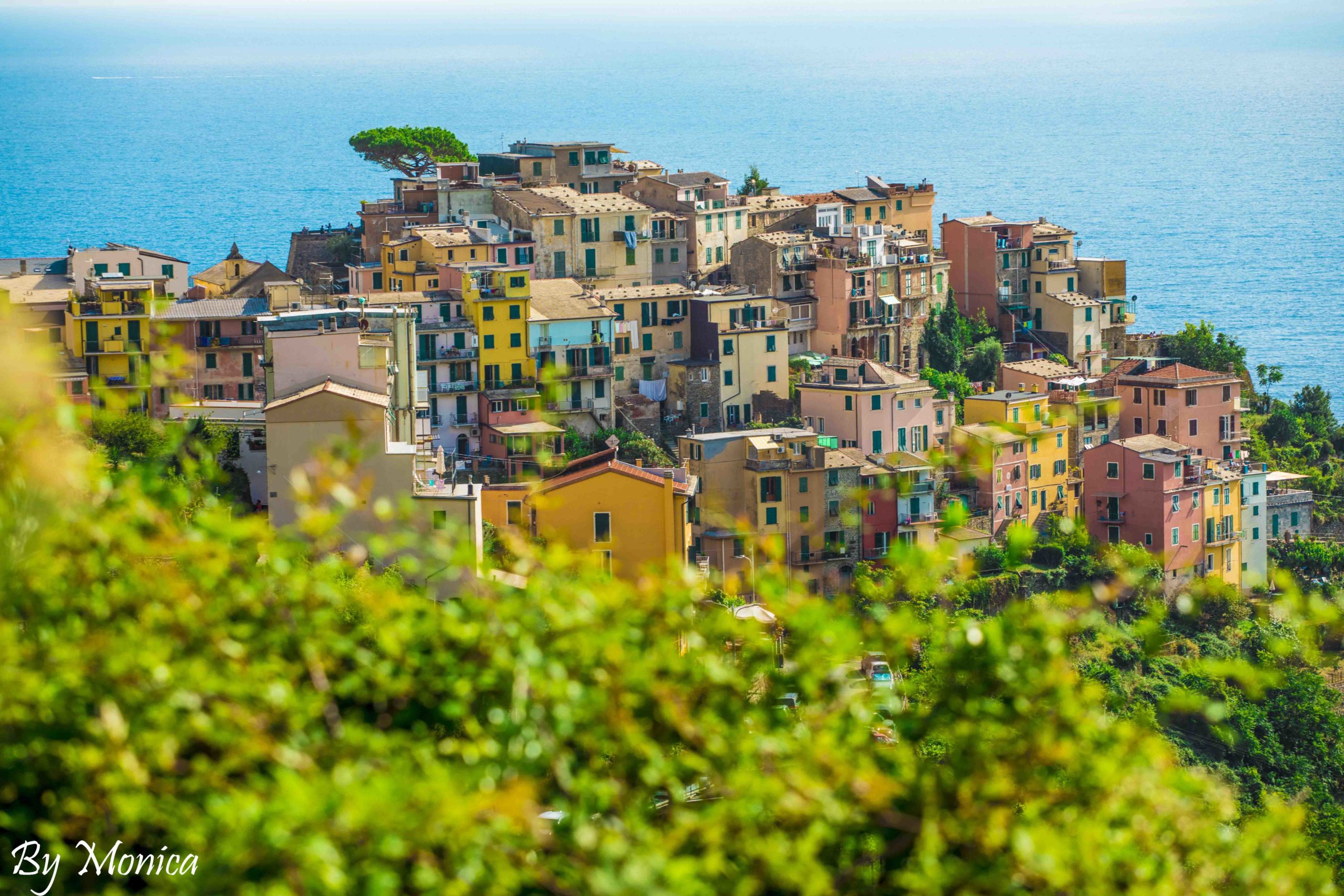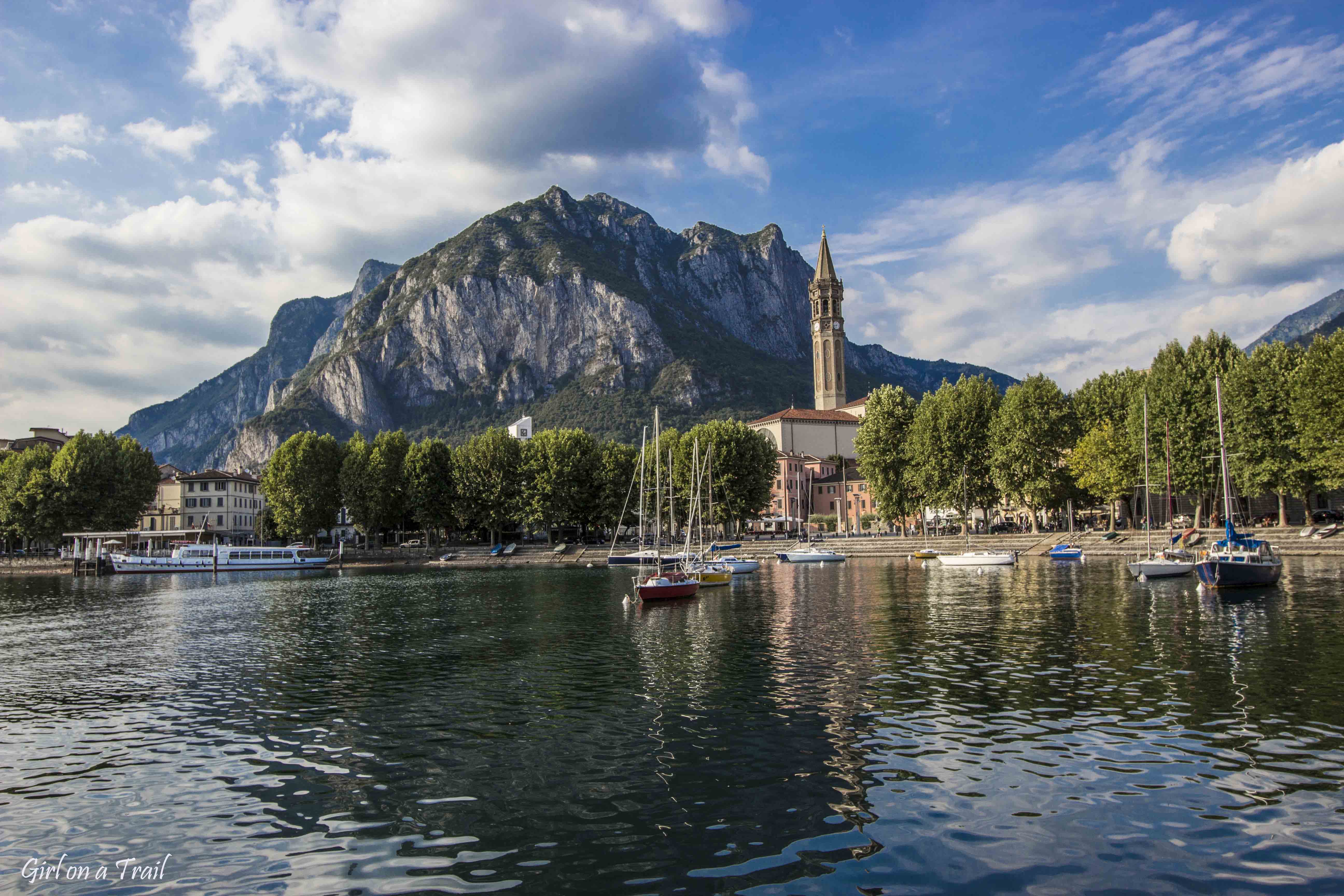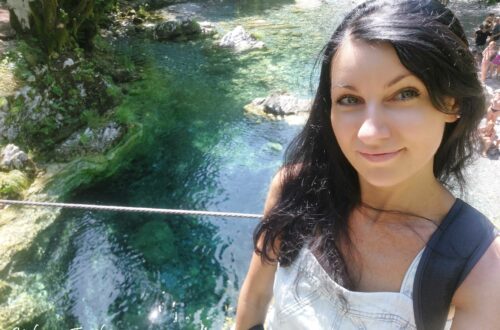
Albania – bunkers, Girl off the trail
Albania is a country of bunkers, there are over 750,000 of them. They were built during the dictatorship of Enver Hoxha to defend the country in the event of an invasion. However, this invasion never occurred…
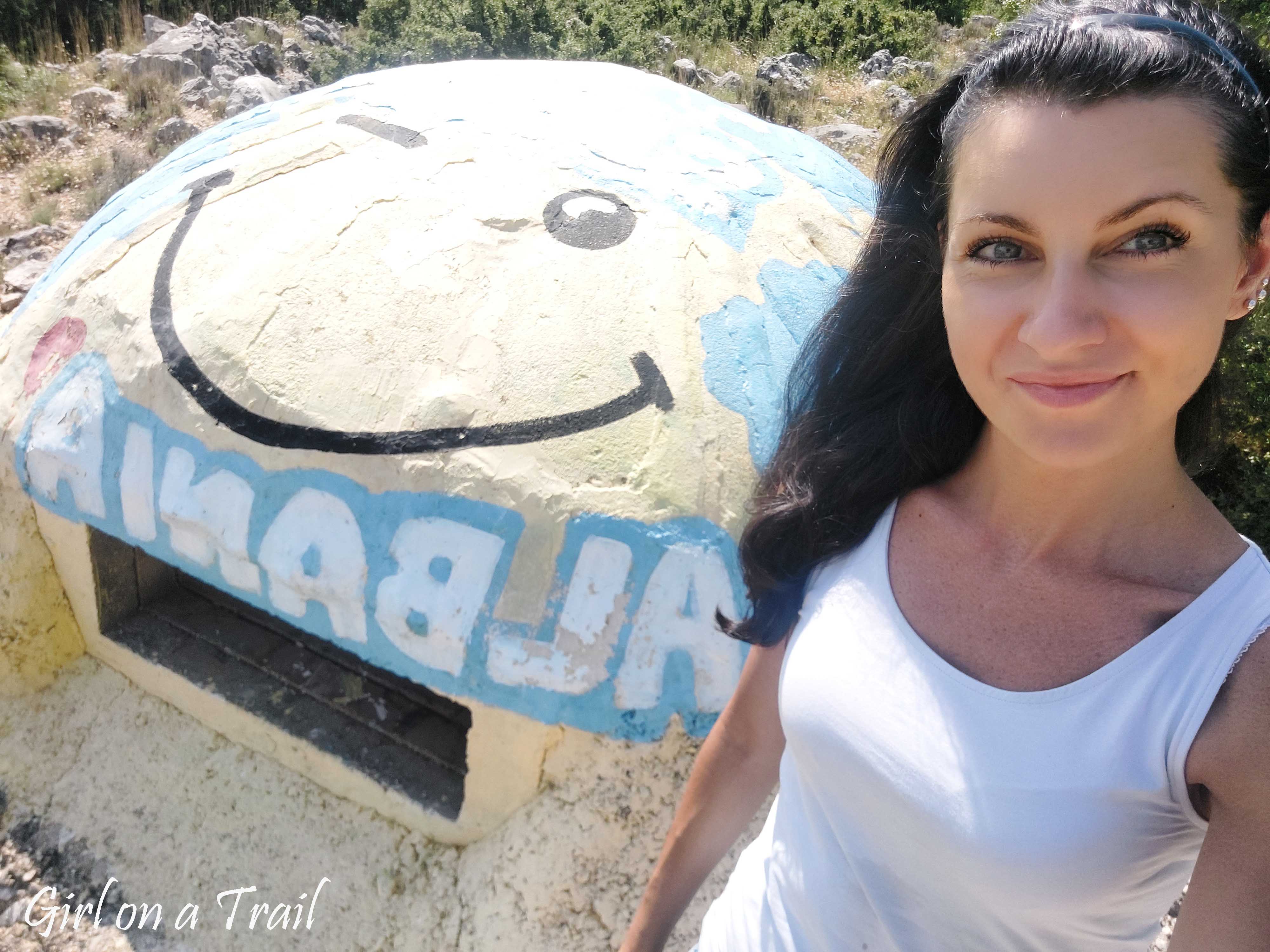
After World War II, Albania was neither incorporated into Yugoslavia nor the Soviet Union. However, it doesn’t mean that it remained a democratic country. In 1946, the People’s Republic of Albania was established here. What’s more interesting, in 1961, Hoxha completely broke off contact with the USSR, and Albania left the Warsaw Pact. Over time, after Mao Zedong’s death, he also put an end to cooperation with the People’s Republic of China. After breaking off international contacts, Albania was actually isolated from the world. All this lasted until 1985 – the death of Enver Hoxha. During his dictatorship, virtually every aspect of Albanian life was under strict state control. All religious practices were forbidden, and it was impossible to travel abroad or own private cars. The extensive system of repression was responsible for the disappearance of over 100,000 people. The Sigurimi special services used methods of intimidation and repression that the NKVD or KGB would not be ashamed of. Concentration camps were also created to imprison people who committed such “crimes” as: comparing domestic products to foreign ones, practicing religion or ridiculing the state apparatus. The death penalty applied to people who tried to flee the country or agitated against the government.
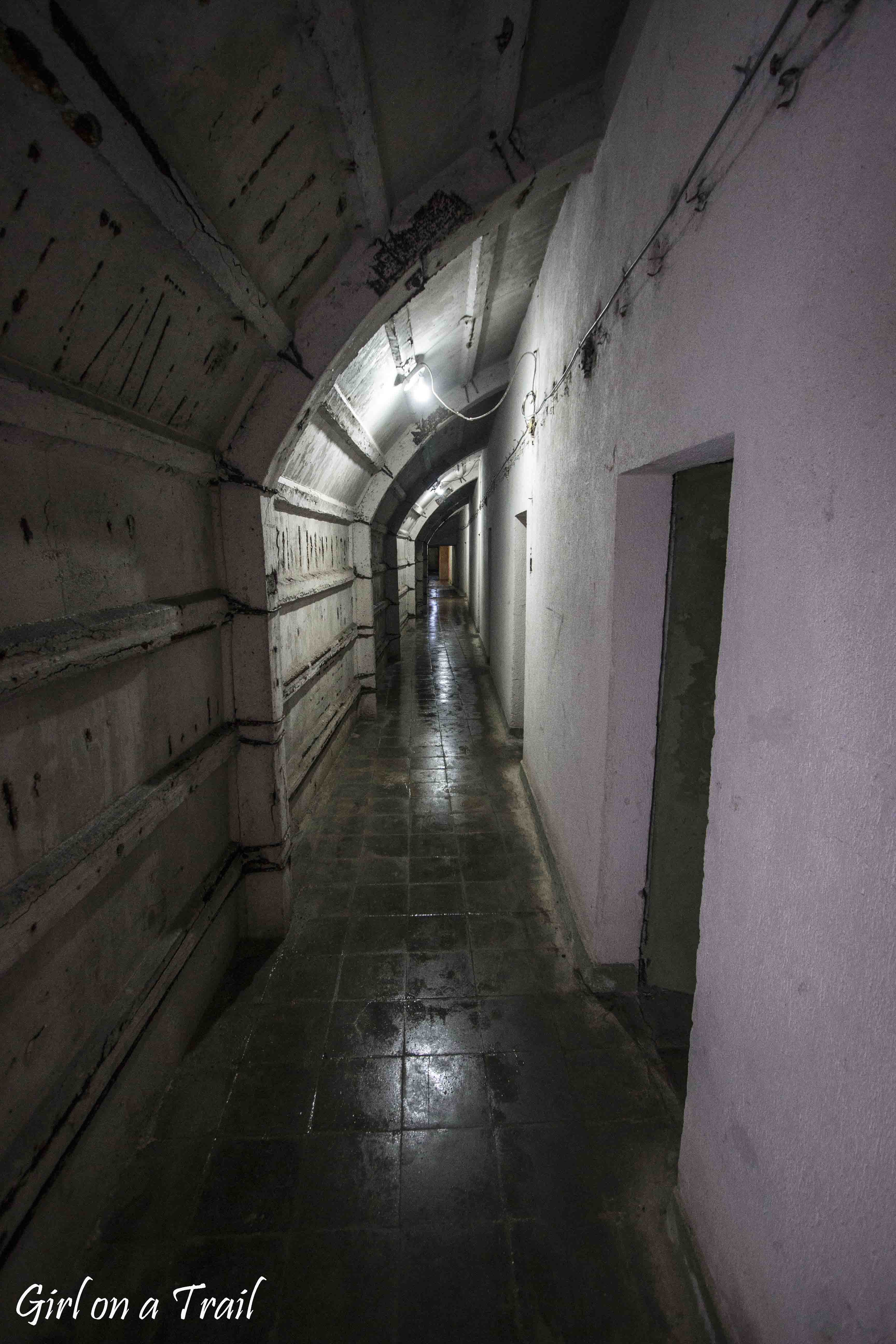
Hoxha, haunted by paranoid thoughts about the threat to Albania from the imperialist United States and the social-imperialist Soviet Union, aimed to militarize the civilian population. His crazy concept was based on the so-called Maoist strategy known as People’s War. Many state-owned enterprises participated in one way or another in the state defense system. Citizens were trained to serve in the army from the age of 12. The country’s defence was to be based mainly on the bunkers “assigned” to them. In fact, due to the lack of coordination, the defence system created by Hoxha was chaotic. Underfinancing was also a problem, which manifested itself in the lack of appropriate equipment, fuel or ammunition. It is hard to imagine that bunkers “leased” to the public will constitute an alternative to the regular, professional army. First of all, you need to take into account the possible time it will take to defend such a bunker by a person not fully trained for this purpose without weapons, external supplies, or communication with other bunkers. Moreover, the “bunkerisation program” completely plunged the Albanian economy. The money allocated for bunkers could have been spent more rationally. For the construction of infrastructure, residential buildings and, above all, to improve the living conditions of Albanians, most of whom lived in extreme poverty at that time.
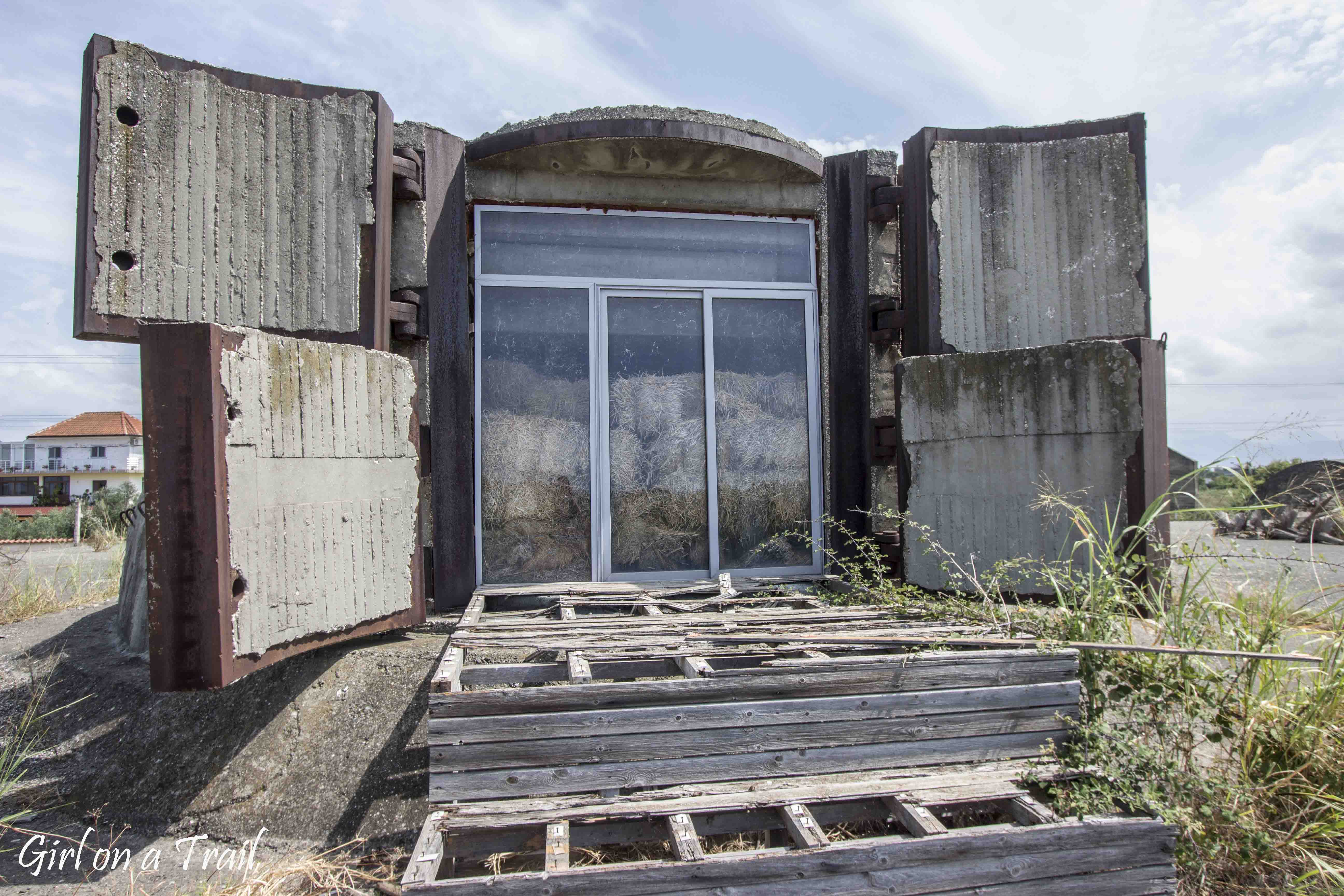
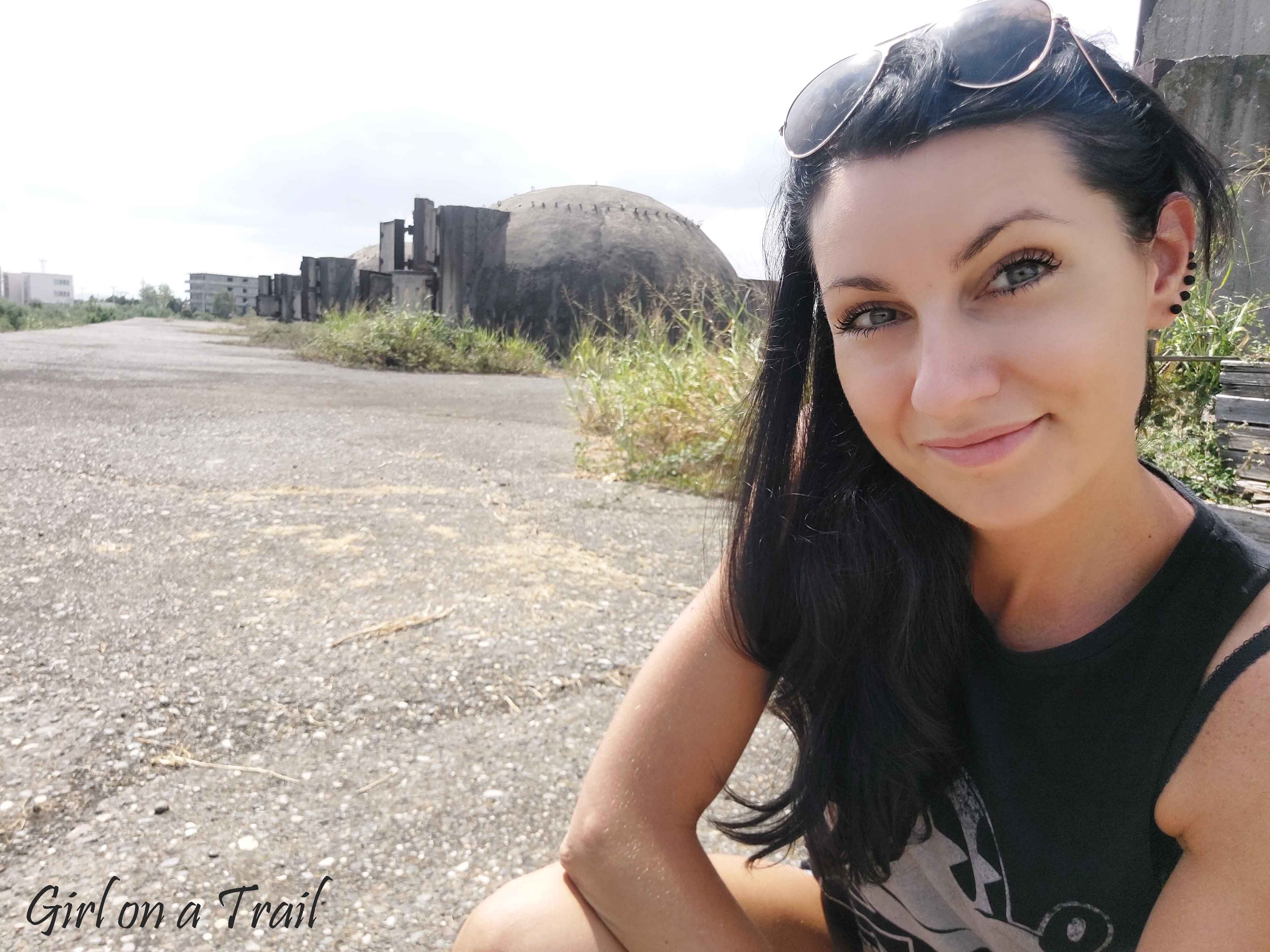
Bunkers were built both in strategic places, like coastal defense bunkers and to protect dignitaries as fallout shelters. However, many of them are located in the least expected places, in fields, vineyards or right next to residential buildings.
The largest nuclear shelter is located on the outskirts of Tirana. It was built for Hoxha and high-ranking dignitaries. Its dimensions are truly impressive. On five floors and an area of over 3,000 m² there are over 100 rooms intended for offices and rooms. There is also an auditorium, a shop and a cinema hall. Apparently it was decided that it would be necessary to entertain the dignitaries. After all, how long can you sit idly in a shelter during a nuclear attack? 😉
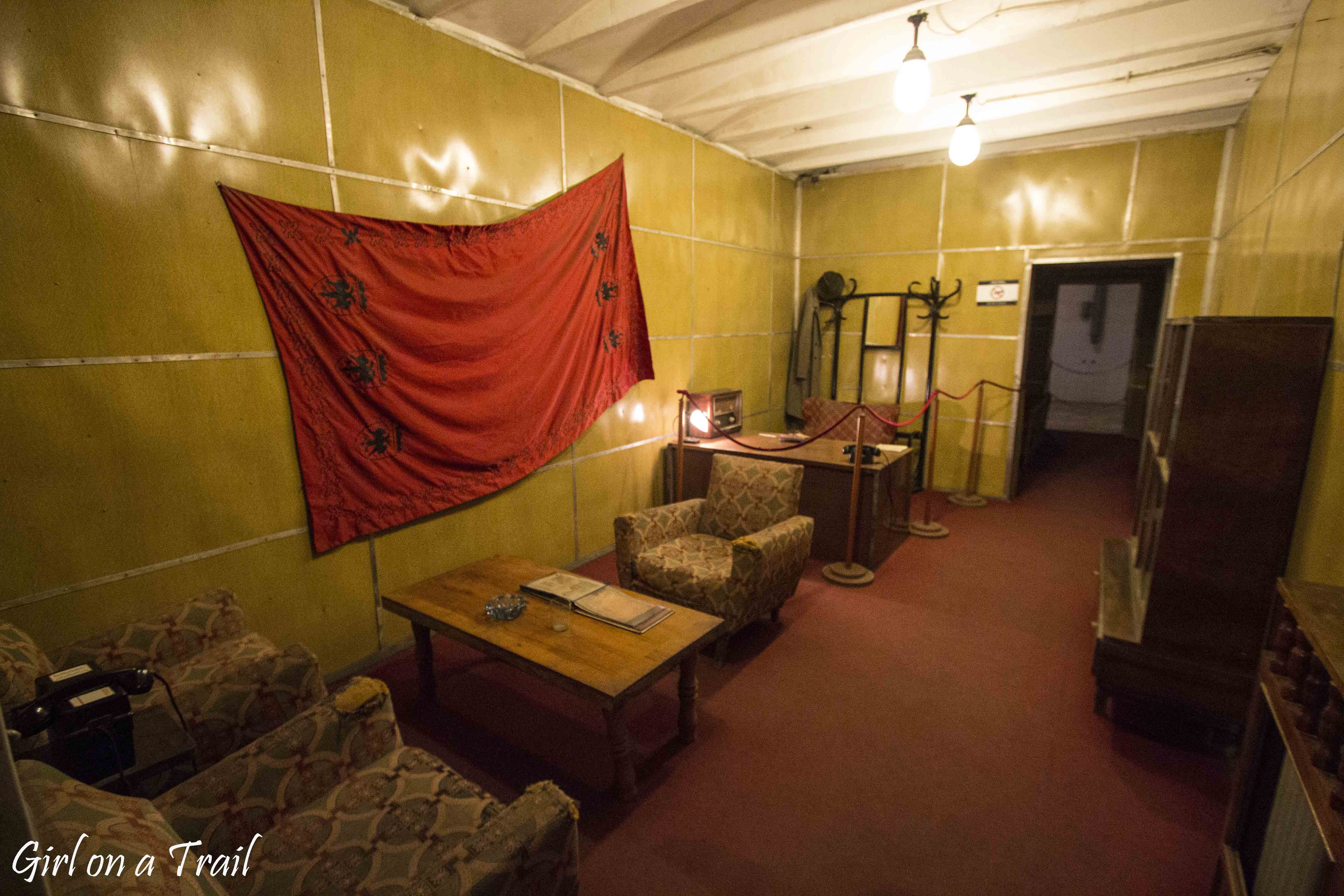

After the dictator’s death, the bunker remained unused for many years. Only recently it was decided to create a museum combined with an art gallery here. It’s called Bunk’art 1. In the rooms you can learn about the history of Albania during World War II. Surprisingly, only a small part of the exhibition is devoted to the times of Hoxha’s post-war dictatorship. The information presented focuses on the positive aspects of his rule, like improving the health service, women’s emancipation, reform of the education system, and electrification of the country.
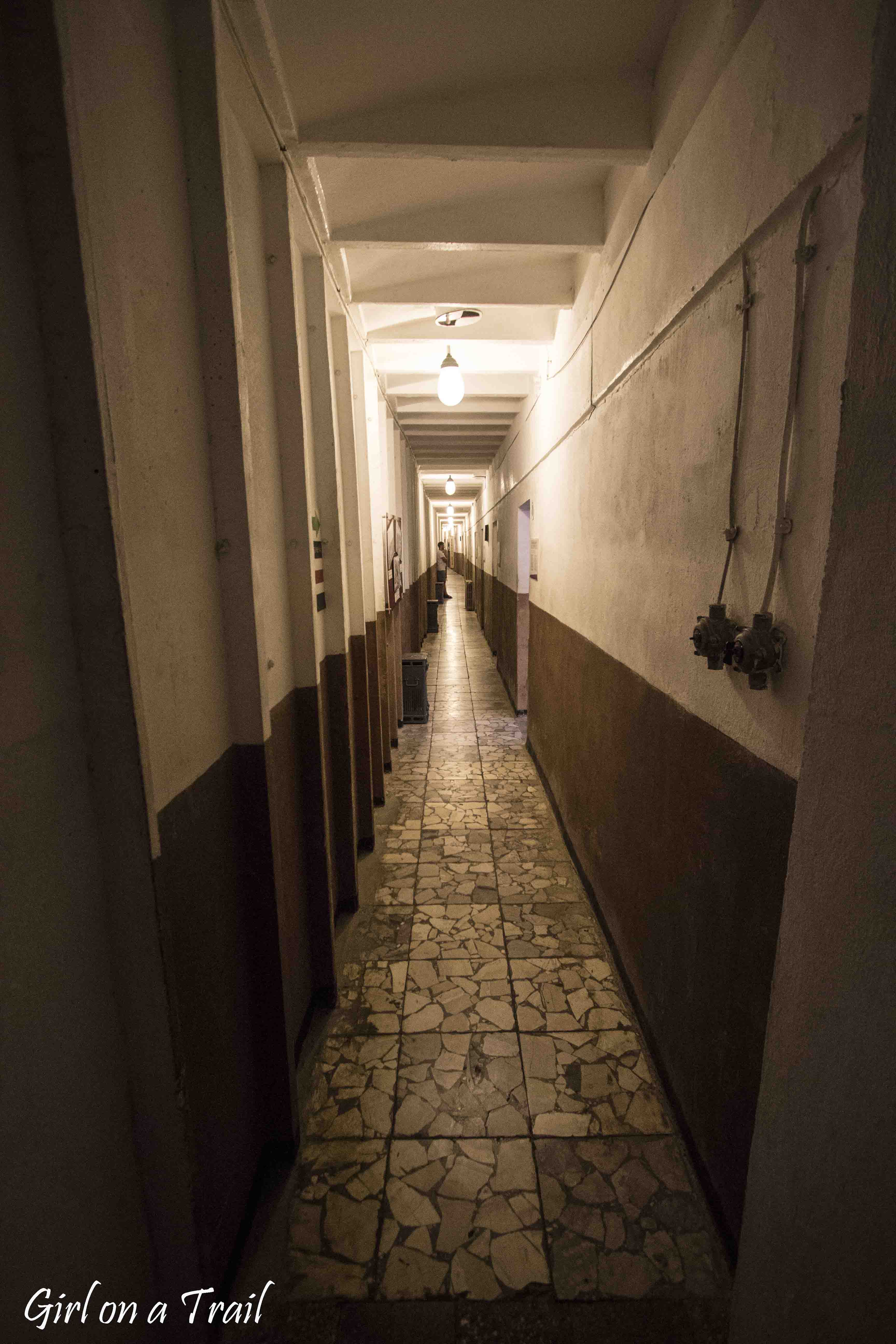
Meanwhile, in the very center of Tirana, right next to Skandenberg Square, there’s another similar facility called Bunk’Art2. It has an area of 1,000 square meters with reinforced concrete walls up to 2.4 meters thick. It was built as part of the project code-named “Objekti Shtylla” in the years 1981 – 1986. It was also intended to serve as a shelter in the event of a nuclear attack mainly for employees of the Ministry of Internal Affairs. Currently, there’s a Bunk’art museum here. 2, in which you can learn about the bloody history of the Hoxha regime. The exhibition mainly presents the history of the persecution of Albanians. Here you can see surveillance methods, an interrogation room and numerous prisoners’ memorabilia. In the period from 1944 to 1991, over 6,000 Albanians were killed. The main methods used were shooting or hanging, and their bodies were never returned to their families. The party did not want to allow the victims’ graves to become a symbol of opposition to the government. Many people died in prisons or labor camps as a result of tortures. The death penalty included 34 crimes: fleeing the country, sabotaging the state, fascist, religious and anti-socialist agitation and propaganda. About 34,000 people were held in prisons and labour camps. In the museum you can learn about 36 types of tortures that were used at that time.
Another large nuclear bunker can be seen in the village of Gjirokastër. It’s 800 meters long and has approximately 60 rooms inside. Despite being located practically in the center of the city of Gjirokastër, Hoxha managed to keep it a secret.

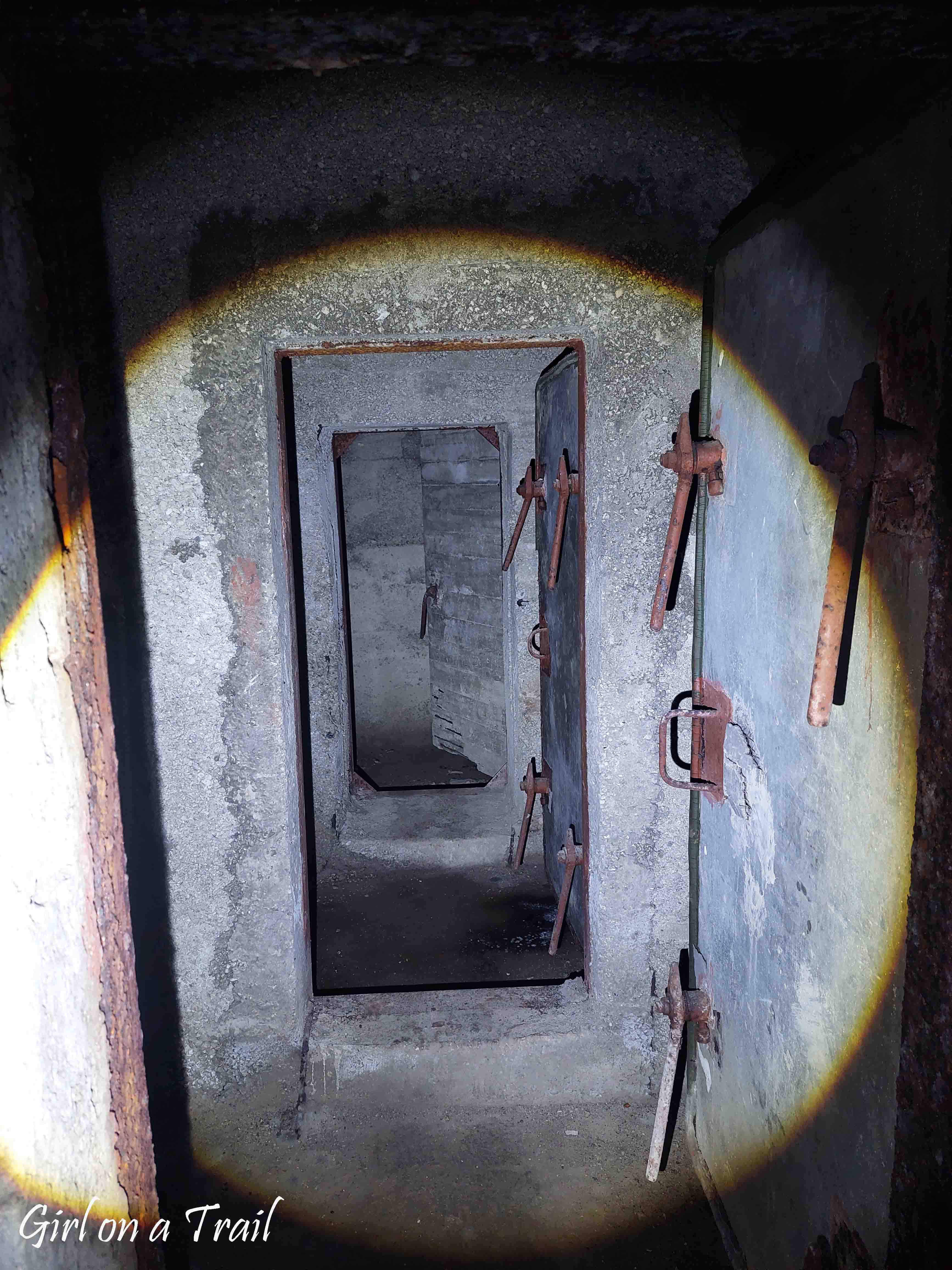
The bunker has been preserved in its original condition and currently the Cold War Museum I slocated there. This makes the experience of visiting this place more authentic. A walk through the corridors takes you back to the times of the totalitarian regime. You can see original furniture and equipment here.

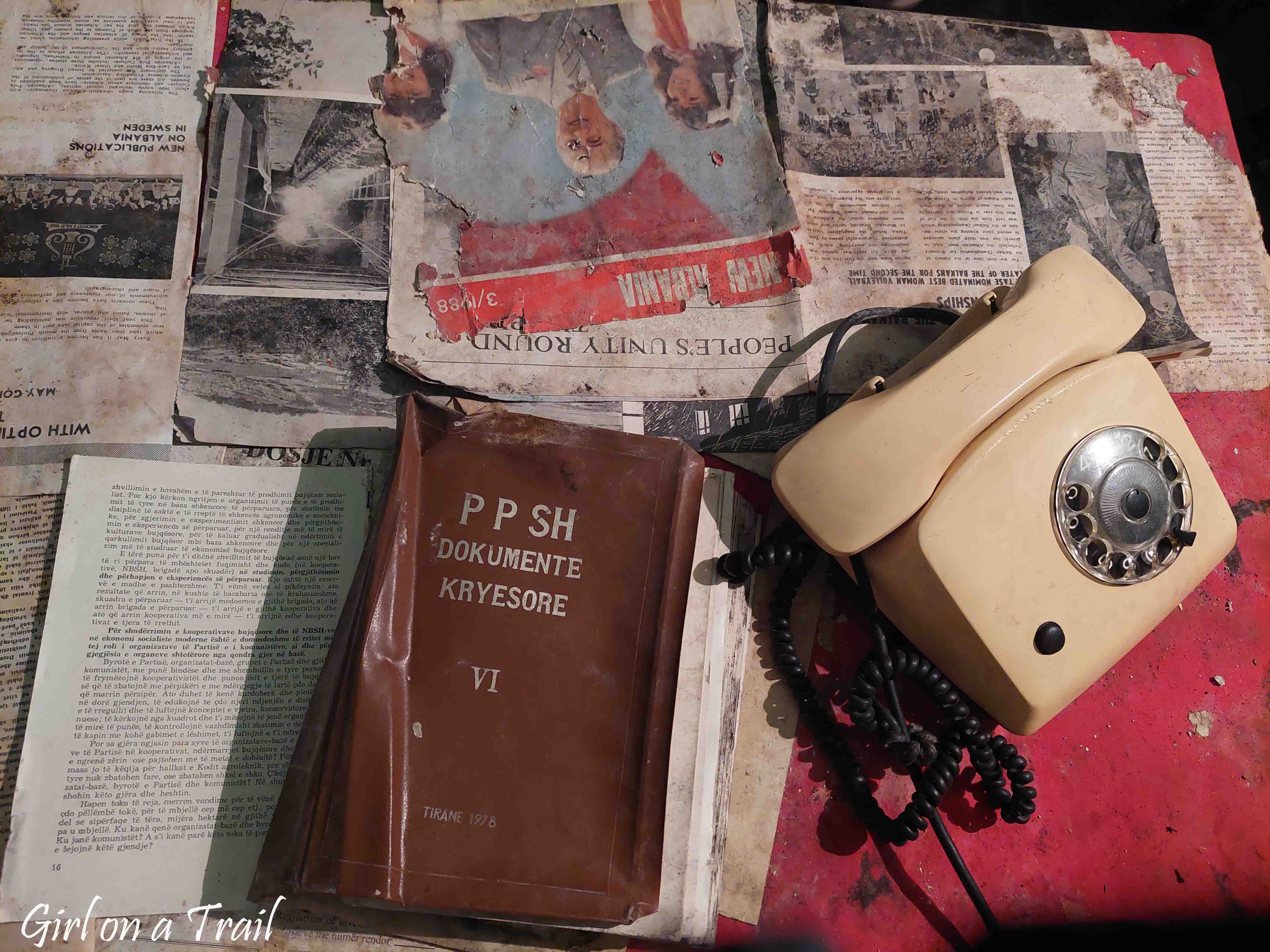
A characteristic type of bunkers found in Albania are coastal protection ones. Presented below, they’re located in the town of Tale, in northern Albania.



Coastal defence bunkers can also be seen on the picturesque Cape Rodon, located about 60 km from Tirana.
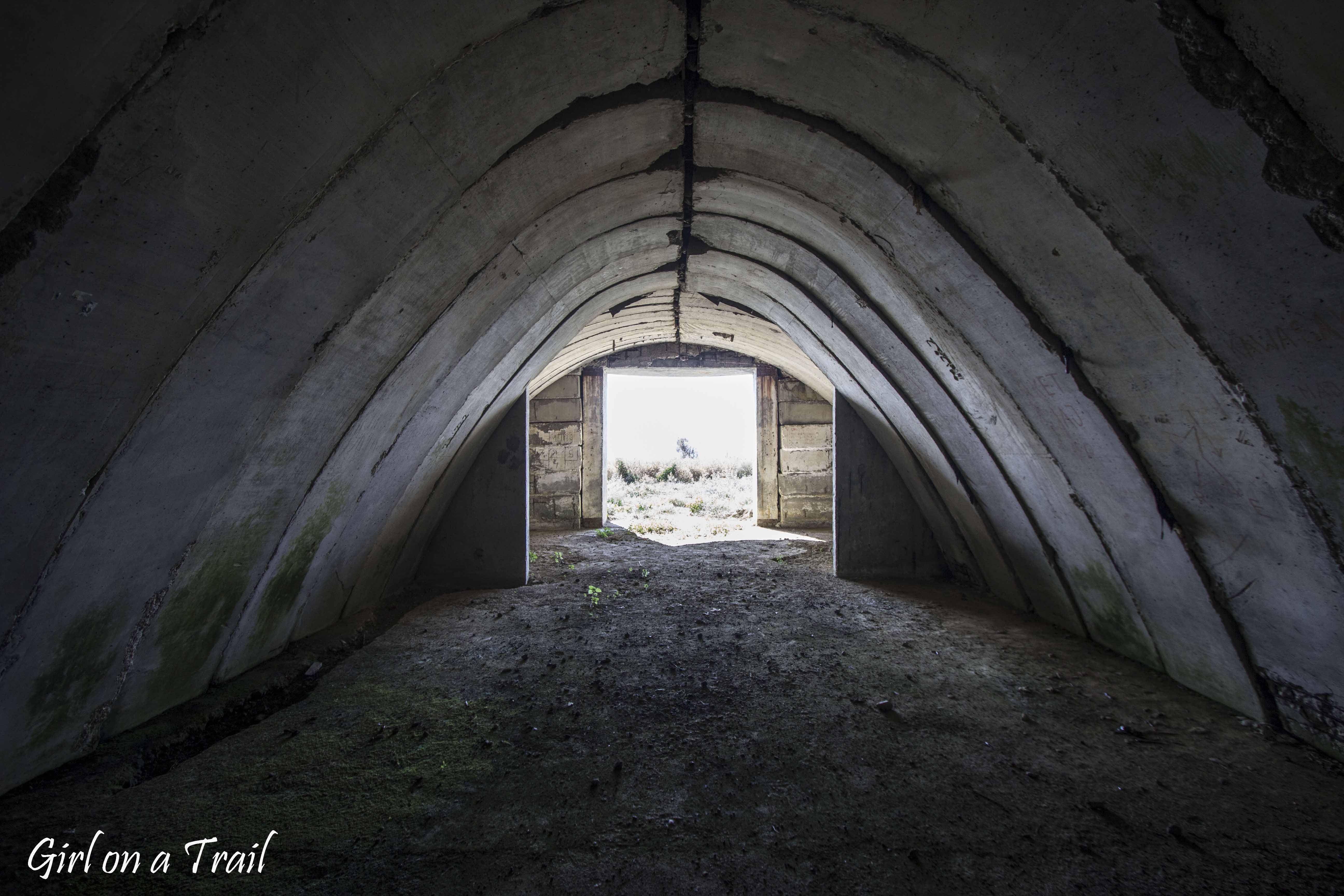

However, in the competition for the best location, the podium would certainly be taken by the bunkers located on a high cliff right next to the town of Zvërnec.
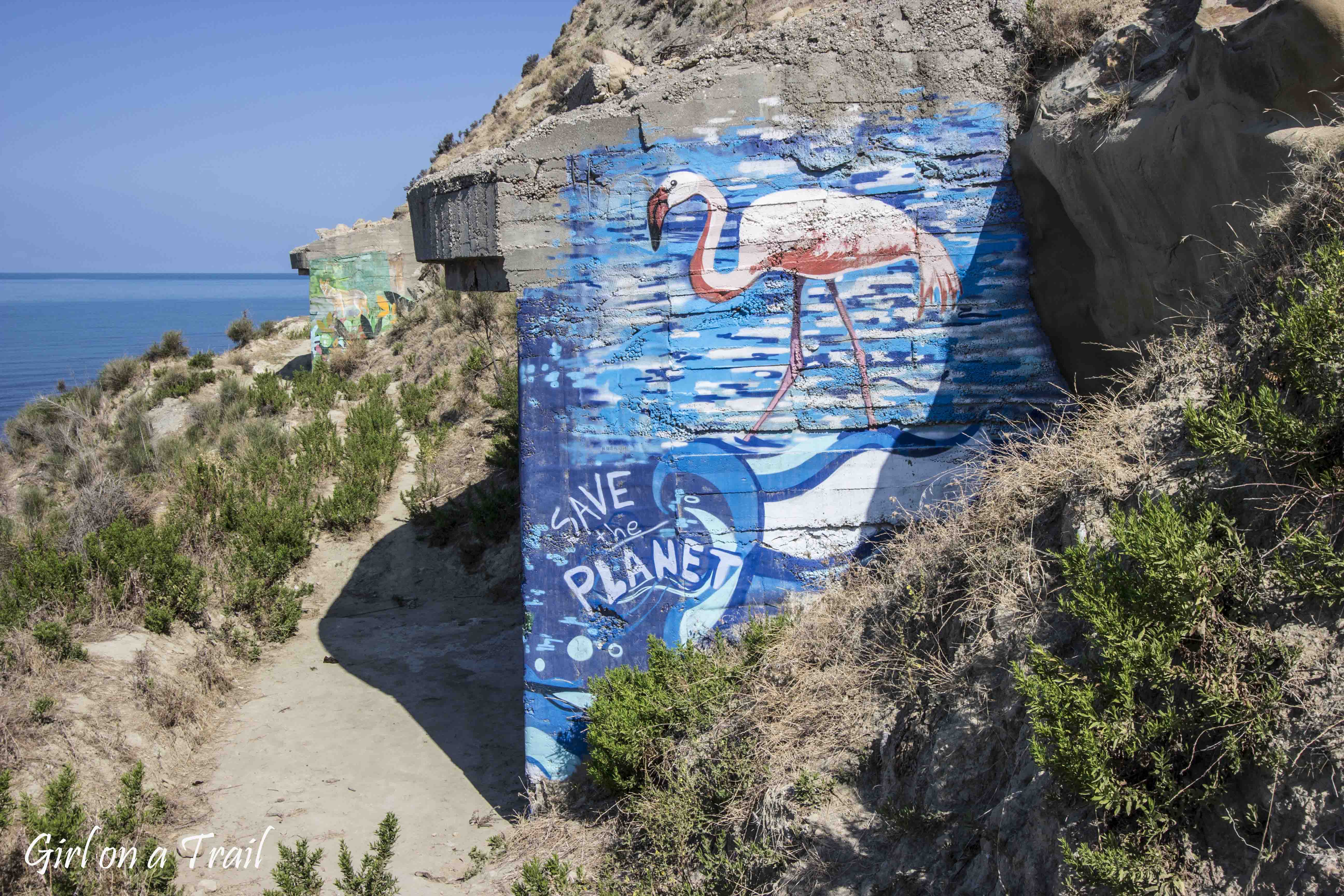
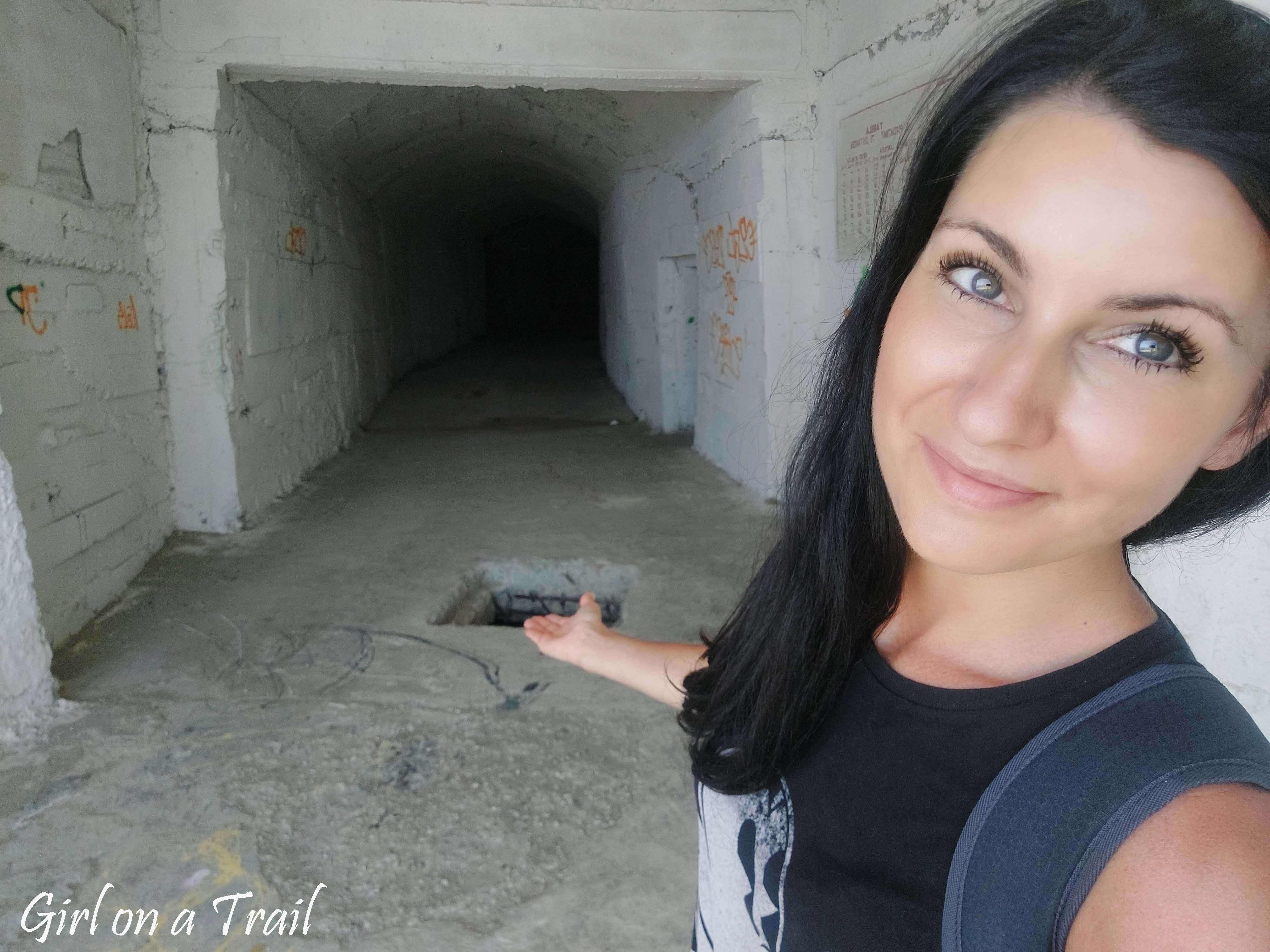
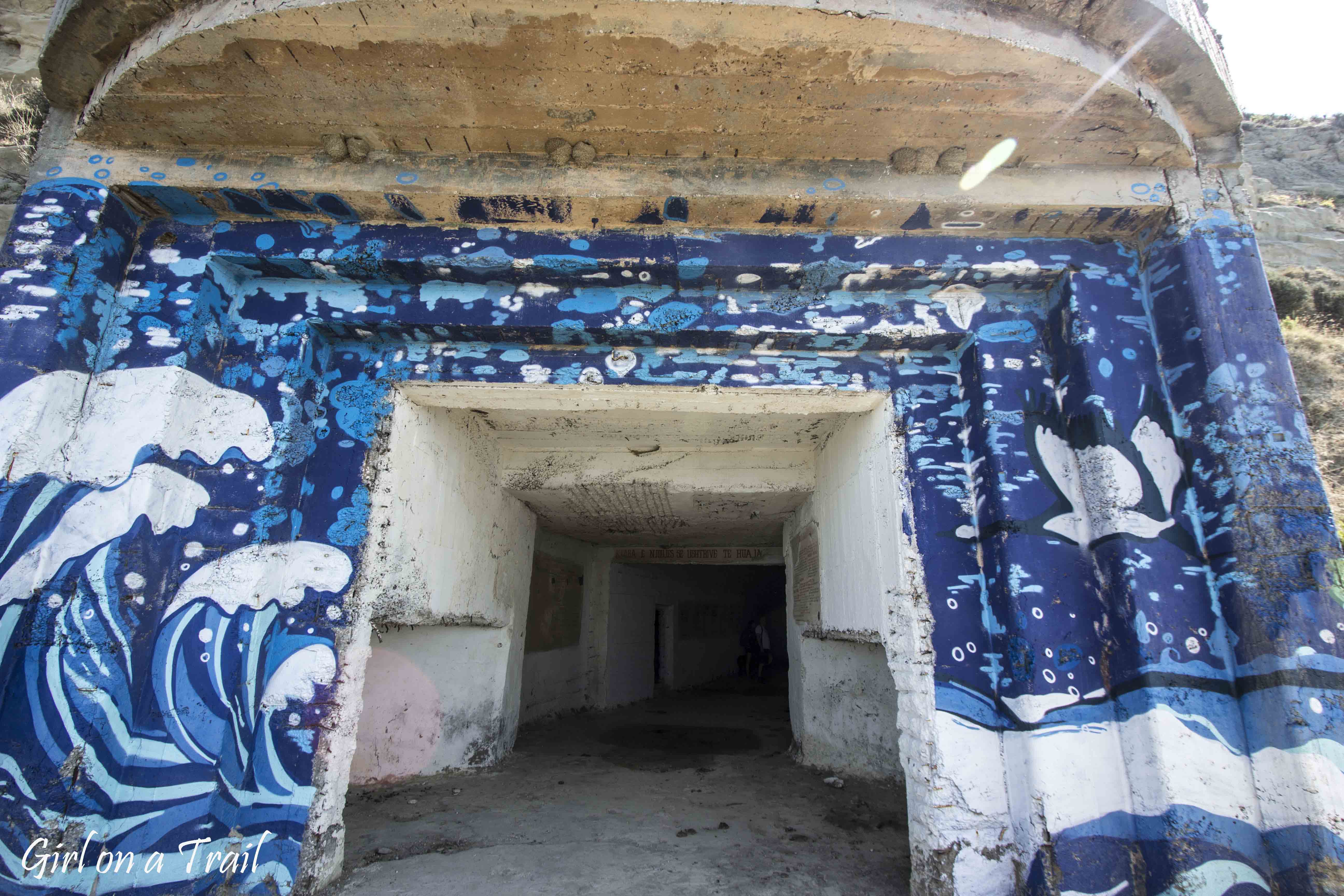
Submarine bunkers were also built during the Hoxha dictatorship. This type of facilities can be seen in the seaside town of Shëngjin and in the northern part of the bay of Porto Palermo.
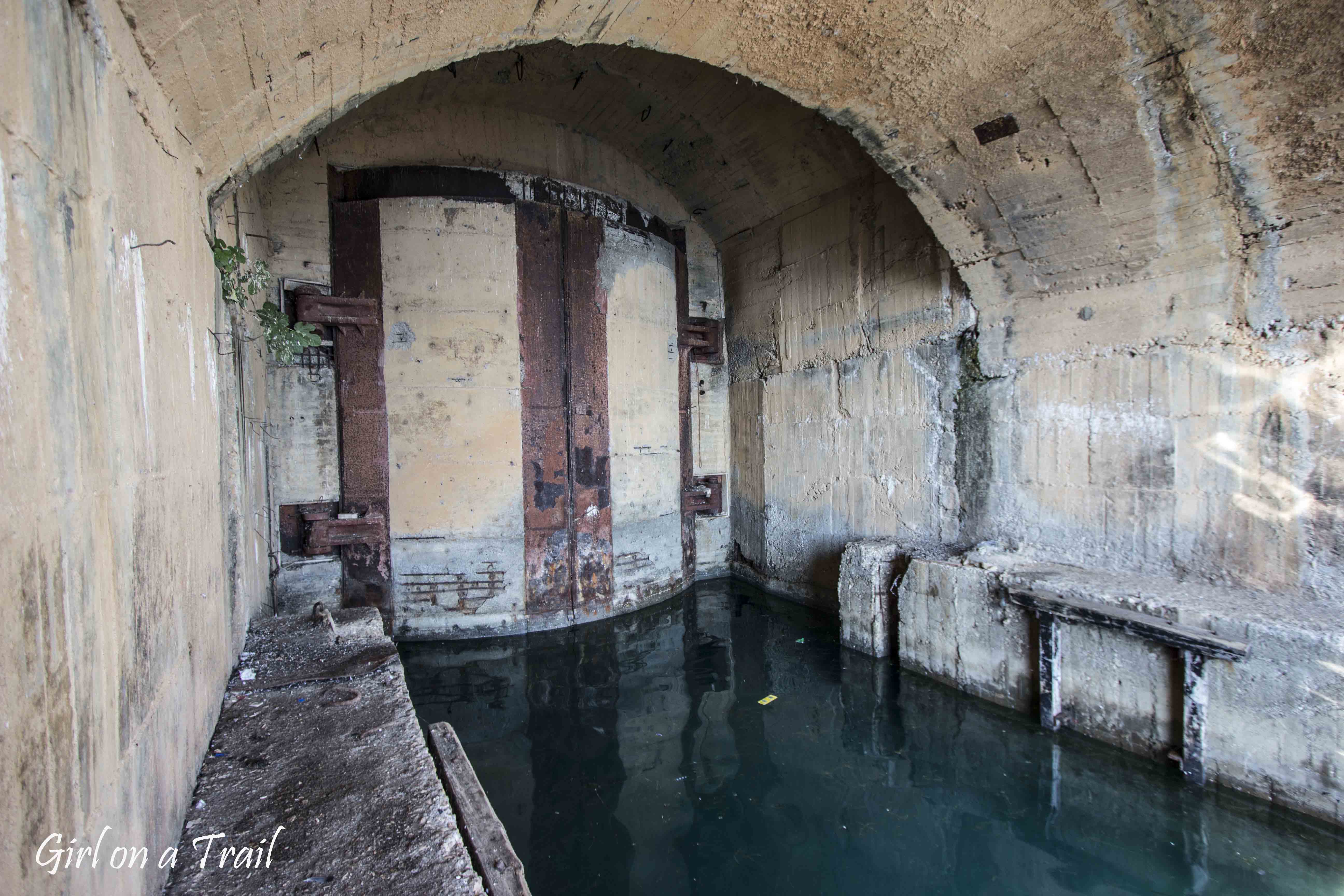
The Porto Palermo bunker is basically a submarine tunnel. It’s 12 meters high and 650 meters long. Part of the bunker on the bay side of Porto Palermo still remains in the military area. The second part located on the sea side remains closed, but it is worth going there just for the amazing views of the coast.
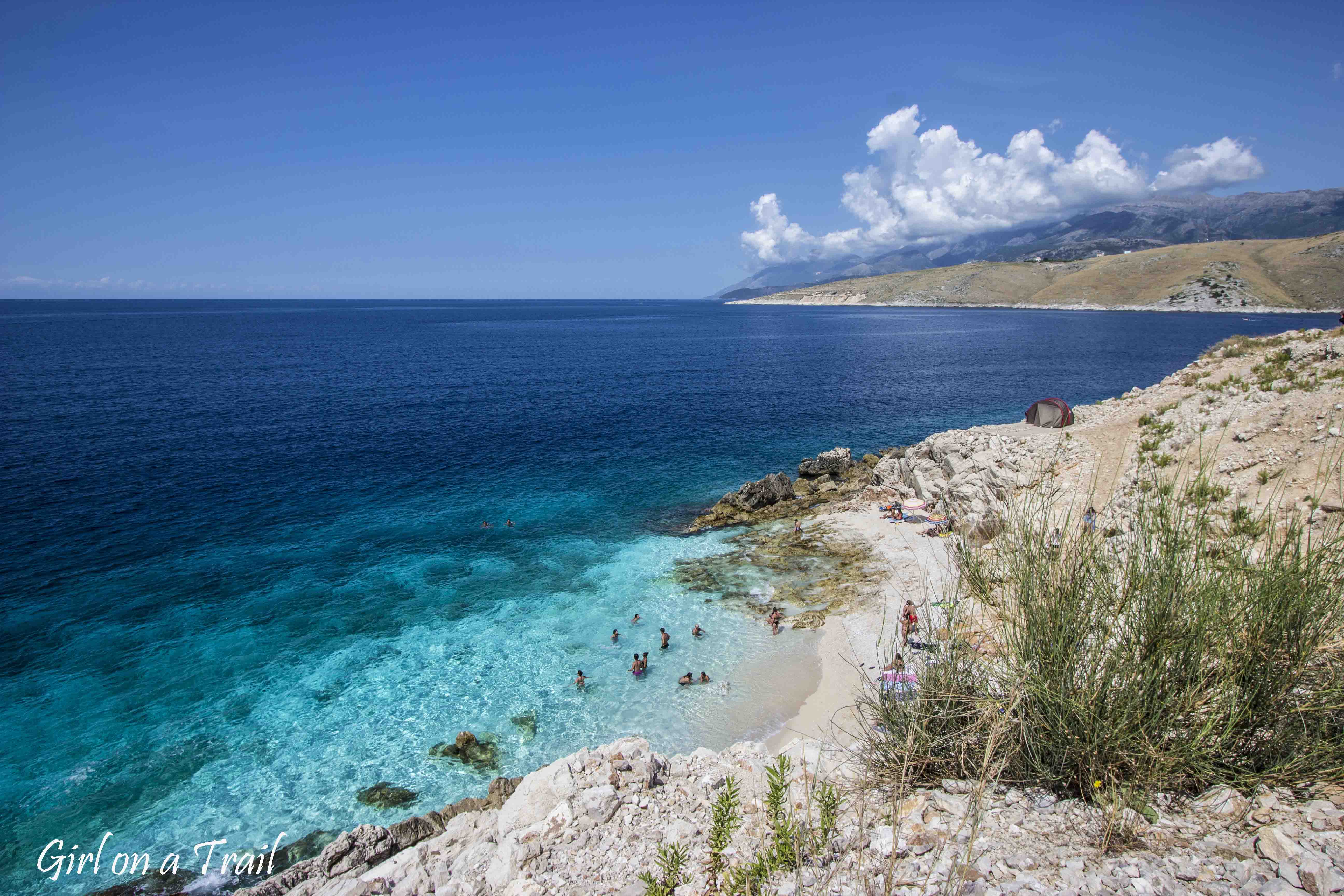
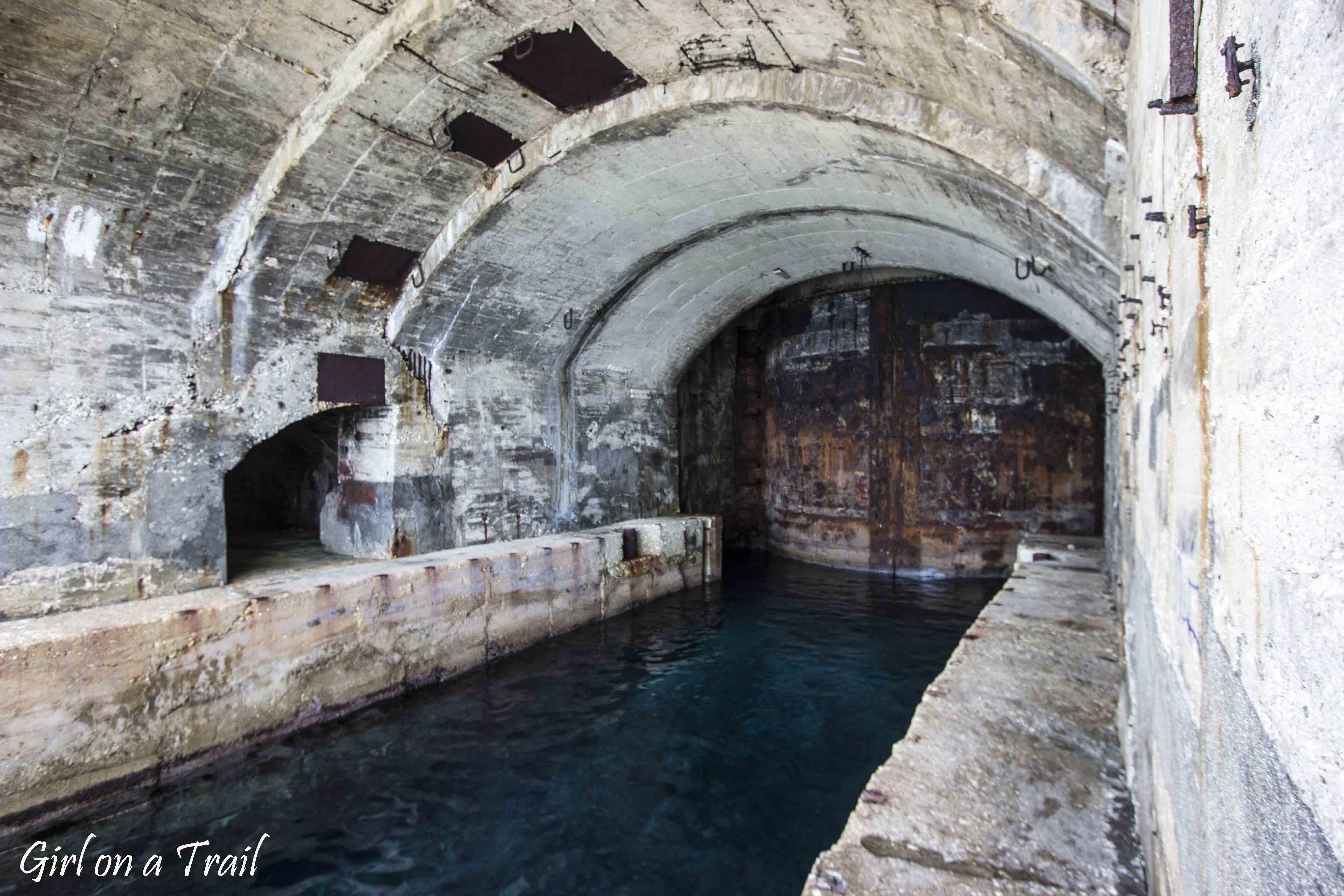
A completely different structure is the Great Bunker, located on the picturesque Llogara Pass. The bunker consists of a three-floor building, which is currently, to put it mildly, in a state of disrepair.
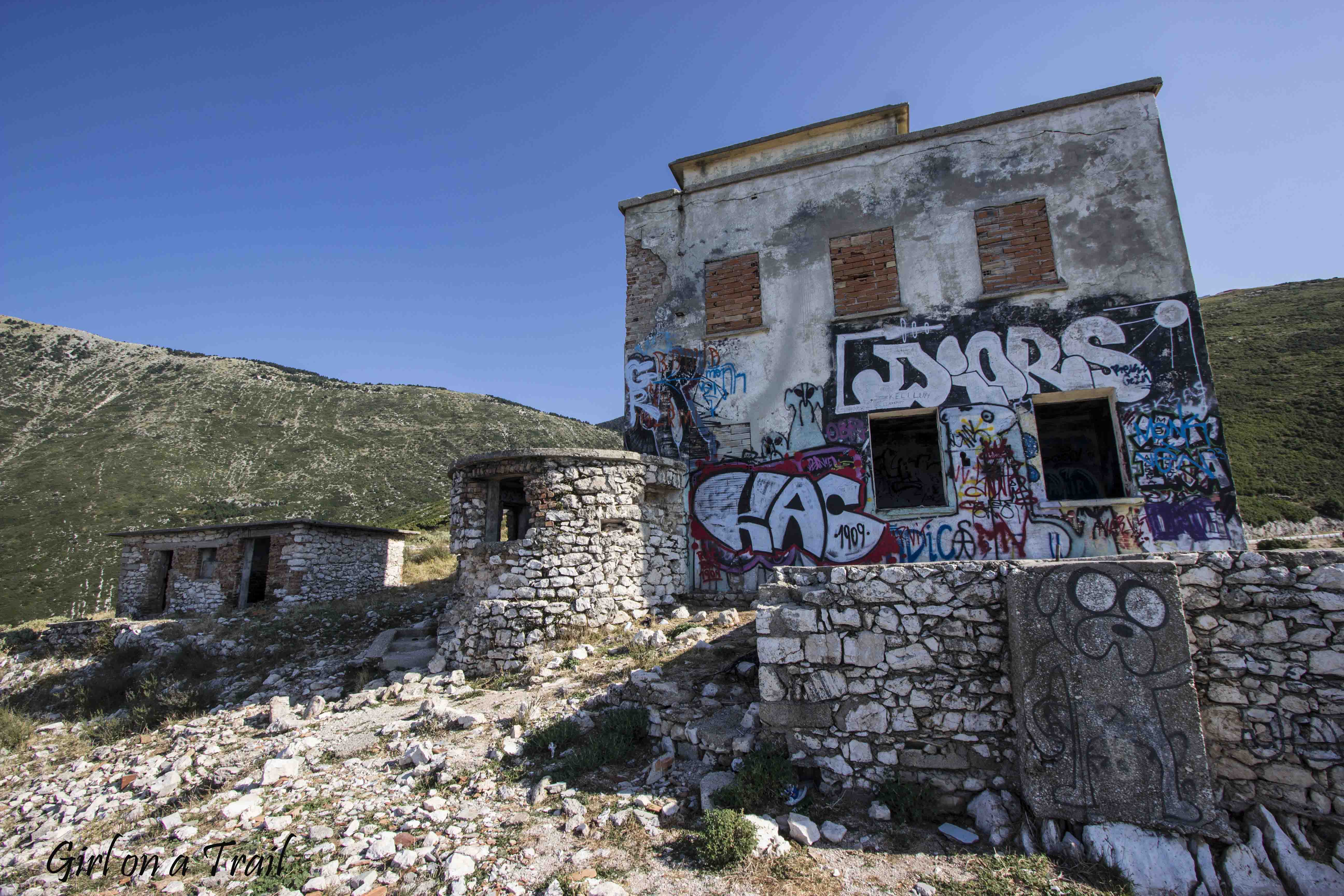
Below the building you can see a concrete tunnel located on the mountainside. The facility was an excellent observation point over the Adriatic Sea. The location of the bunker in this place indicates that Hoxha must have feared an attack also from Italy, which is quite close.
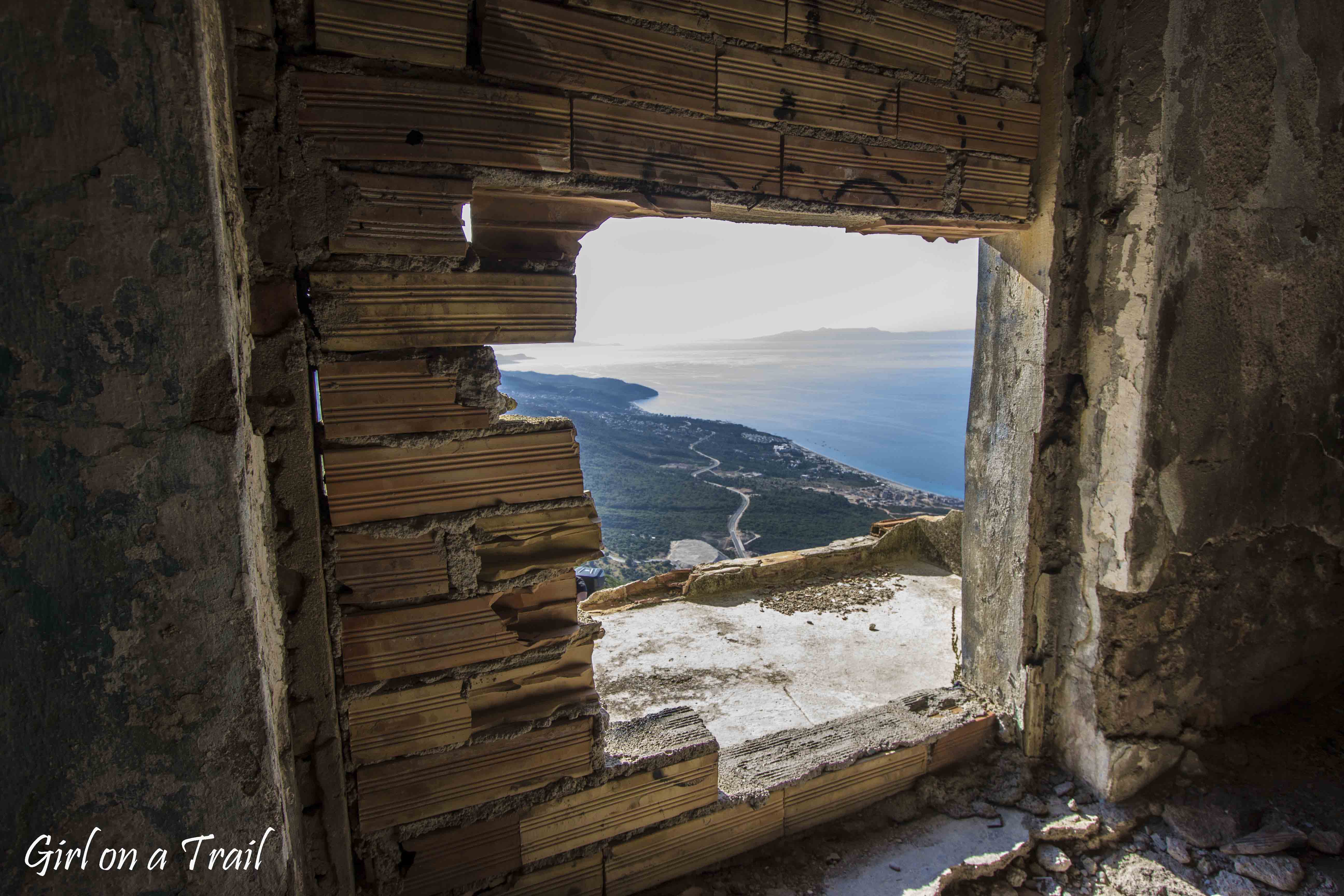
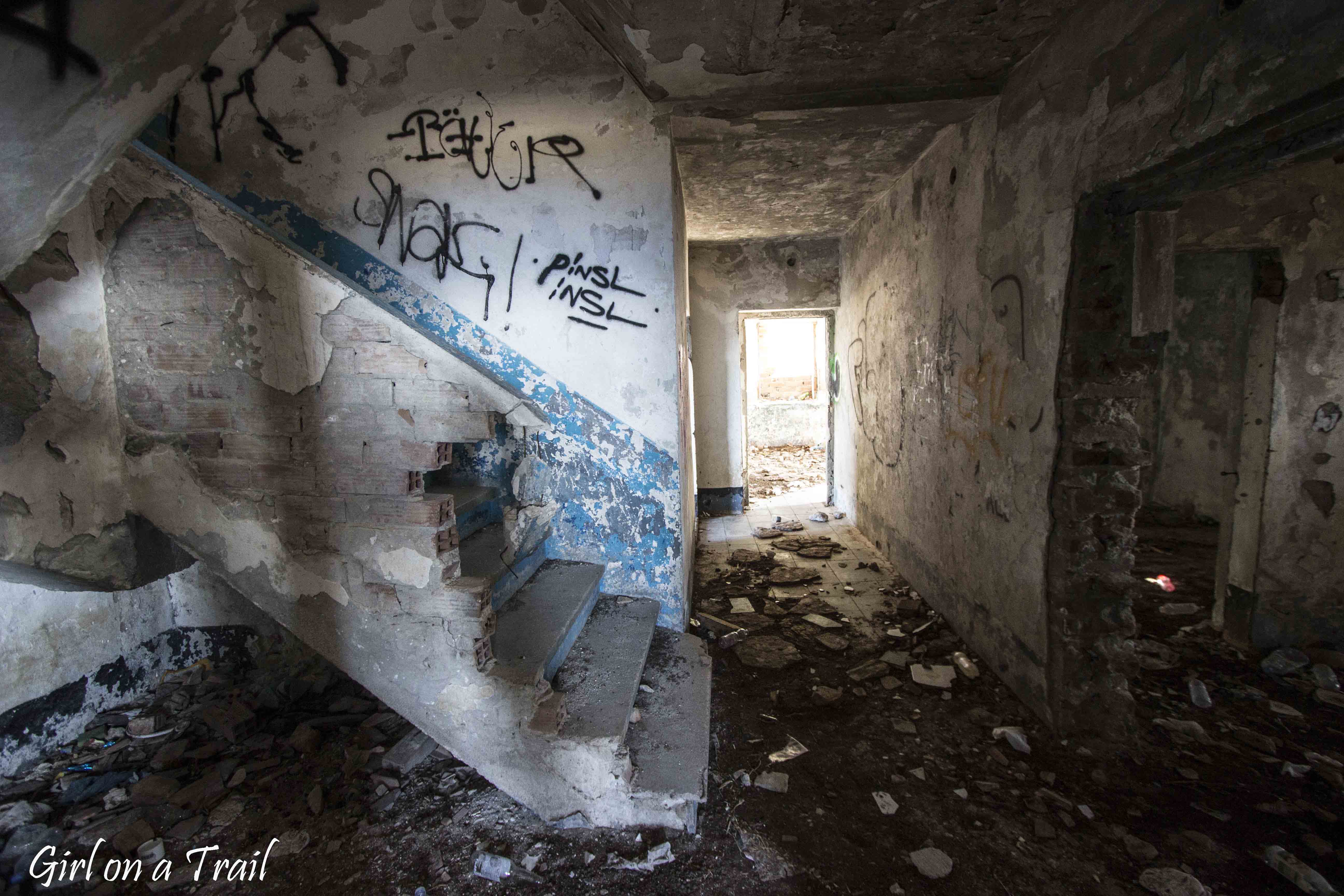
However, the biggest surprise were the bunkers located at the Apollonia archaeological site. I won’t hide the fact that I showed complete ignorance of ancient architecture and chose more modern structures. For the first time in my life, I bought tickets to a museum in order to see the bunkers. Instead of admiring the ancient city founded in the 6th century BC, I immediately headed towards the shelters.
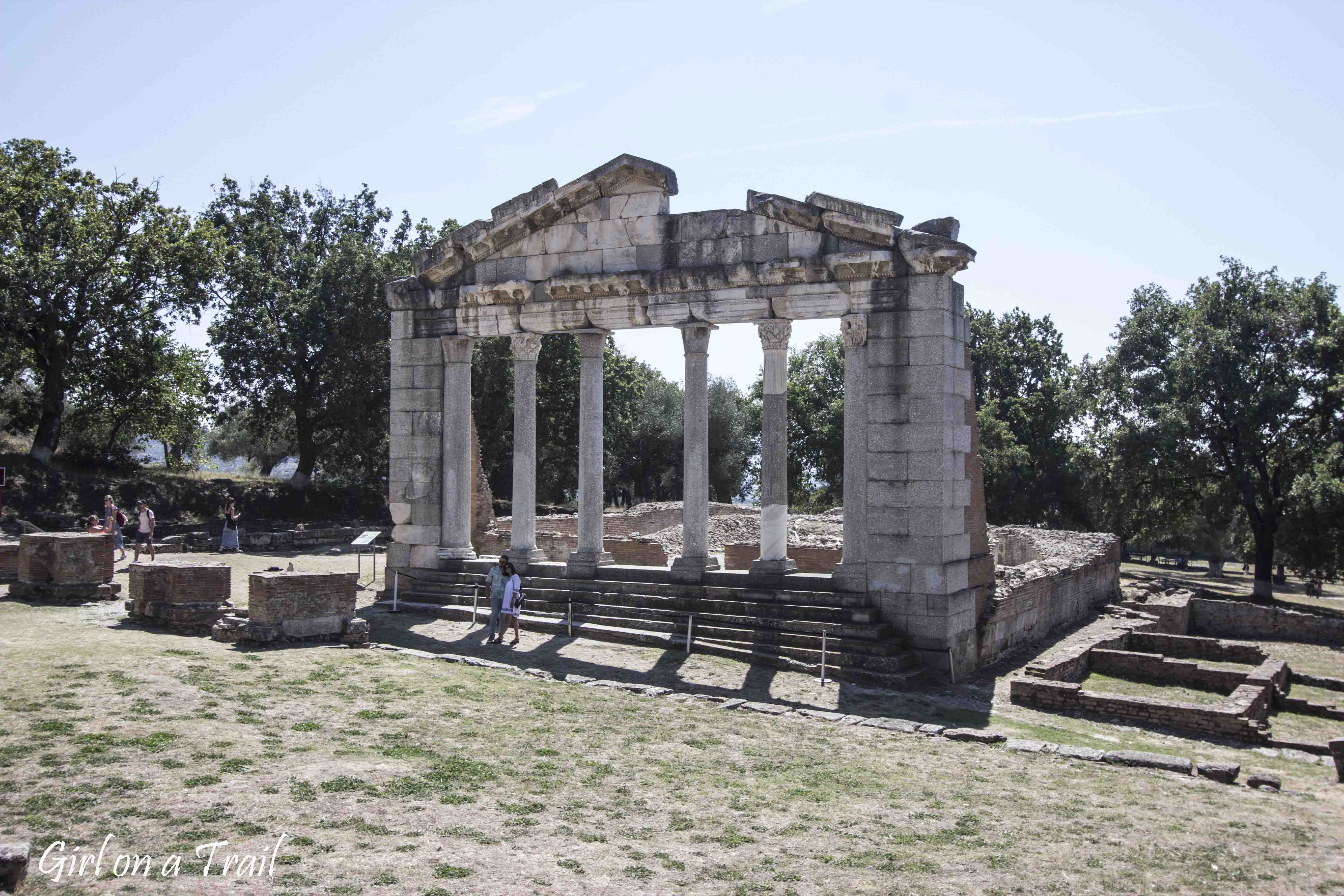
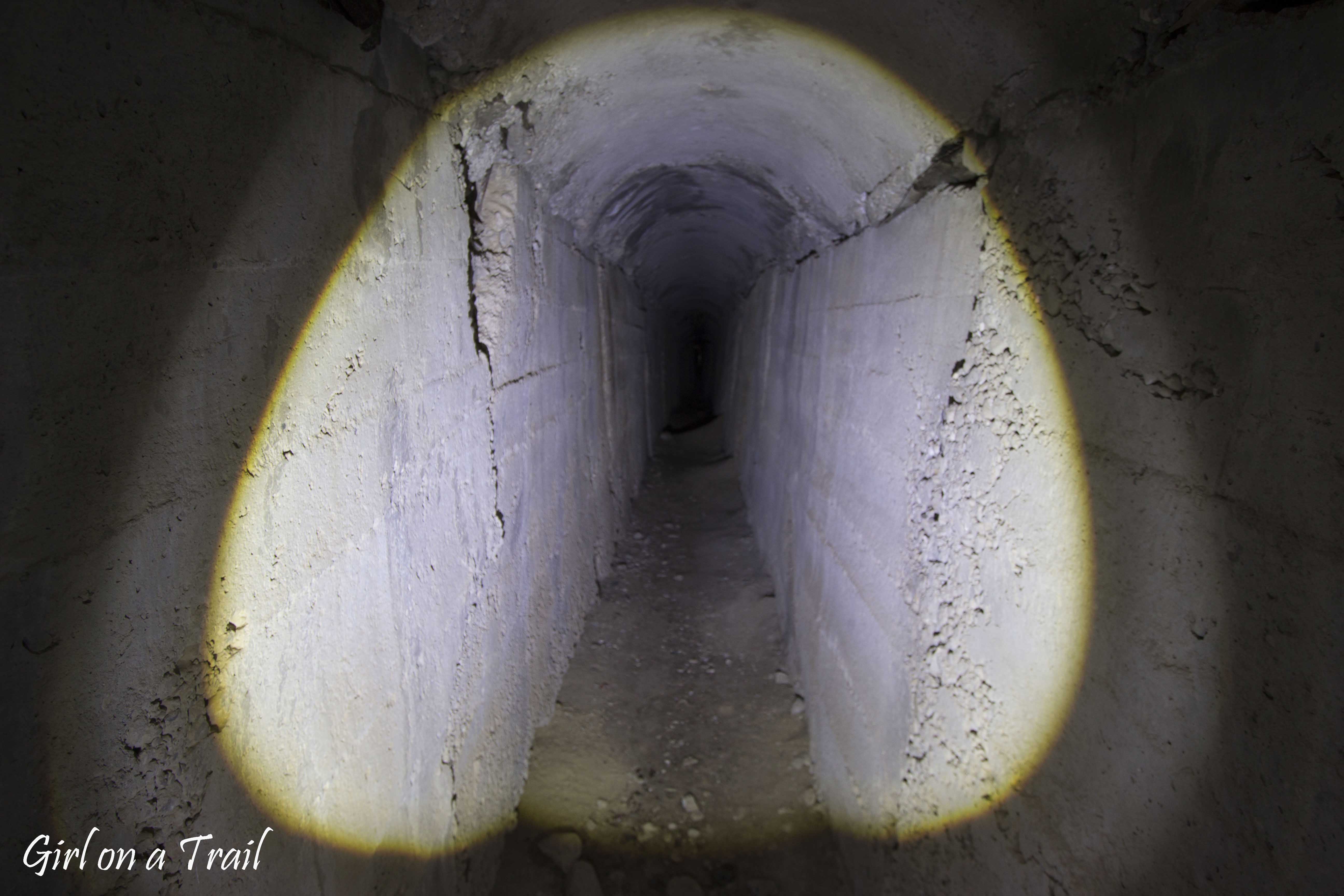
I guess you’ll agree that it was more interesting here?
Like the post about Albania, check out more here.


